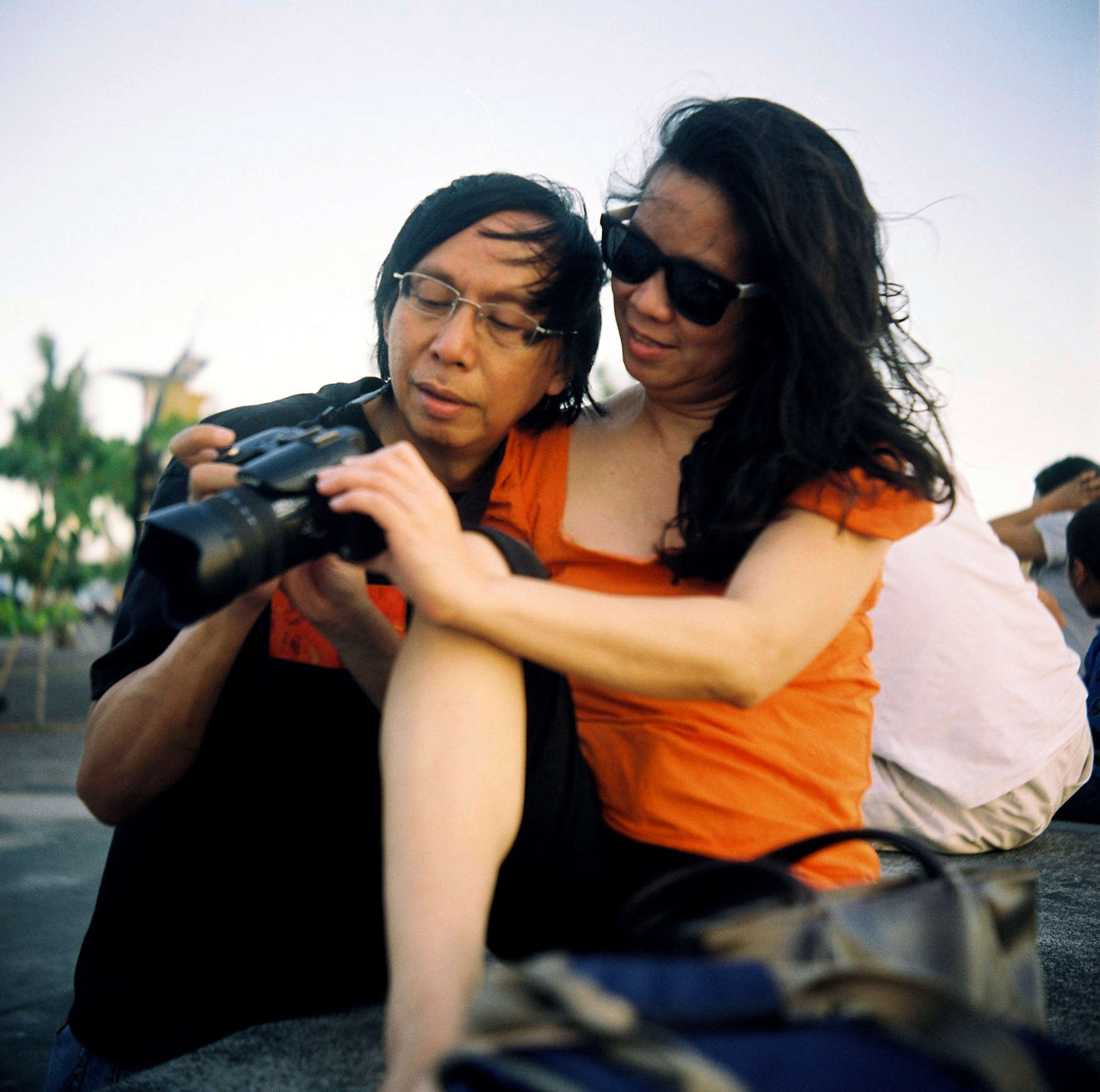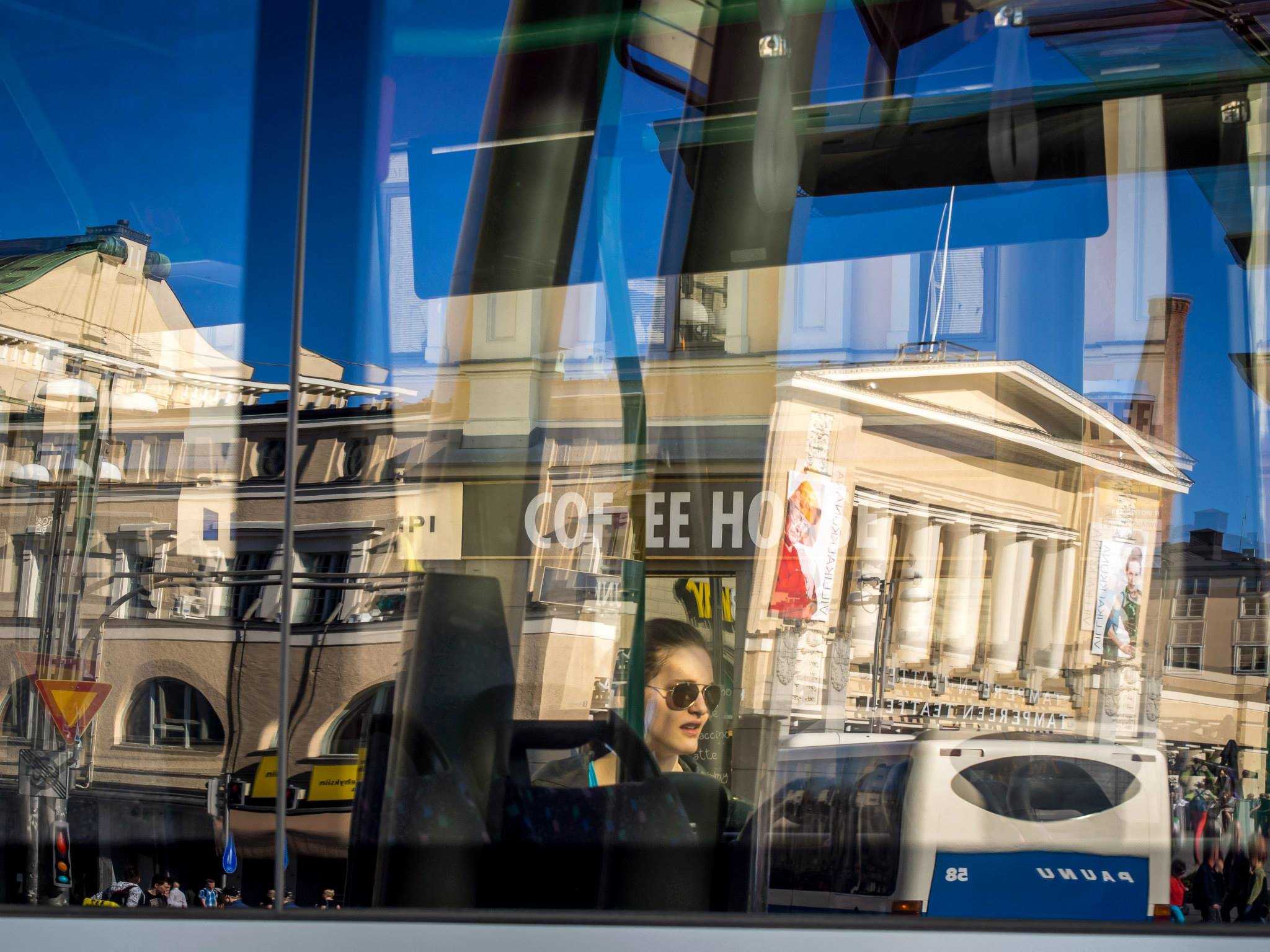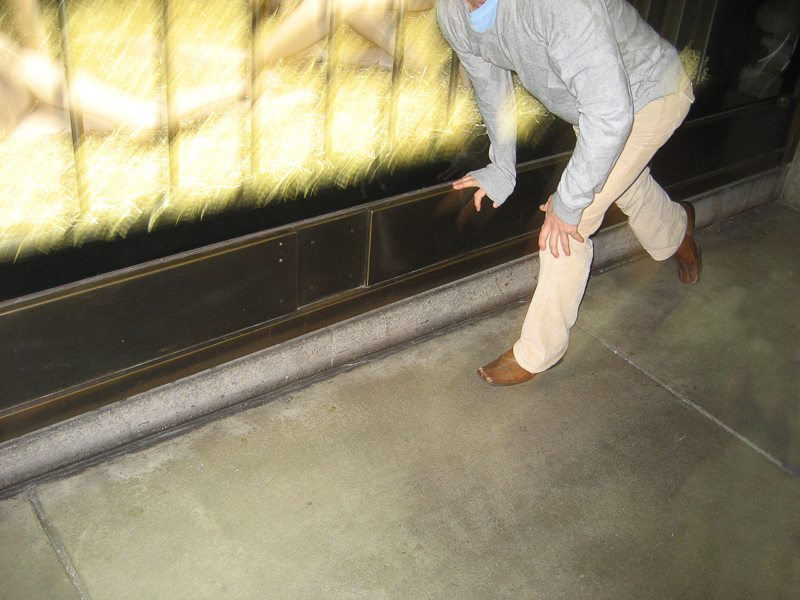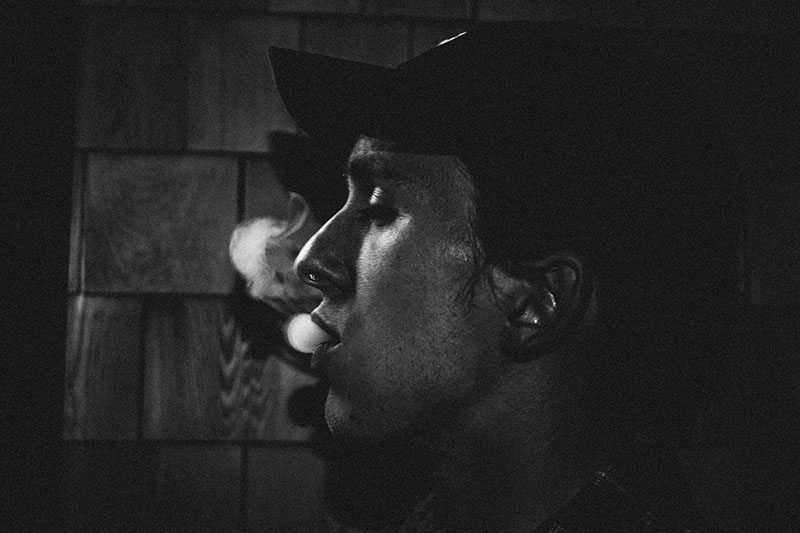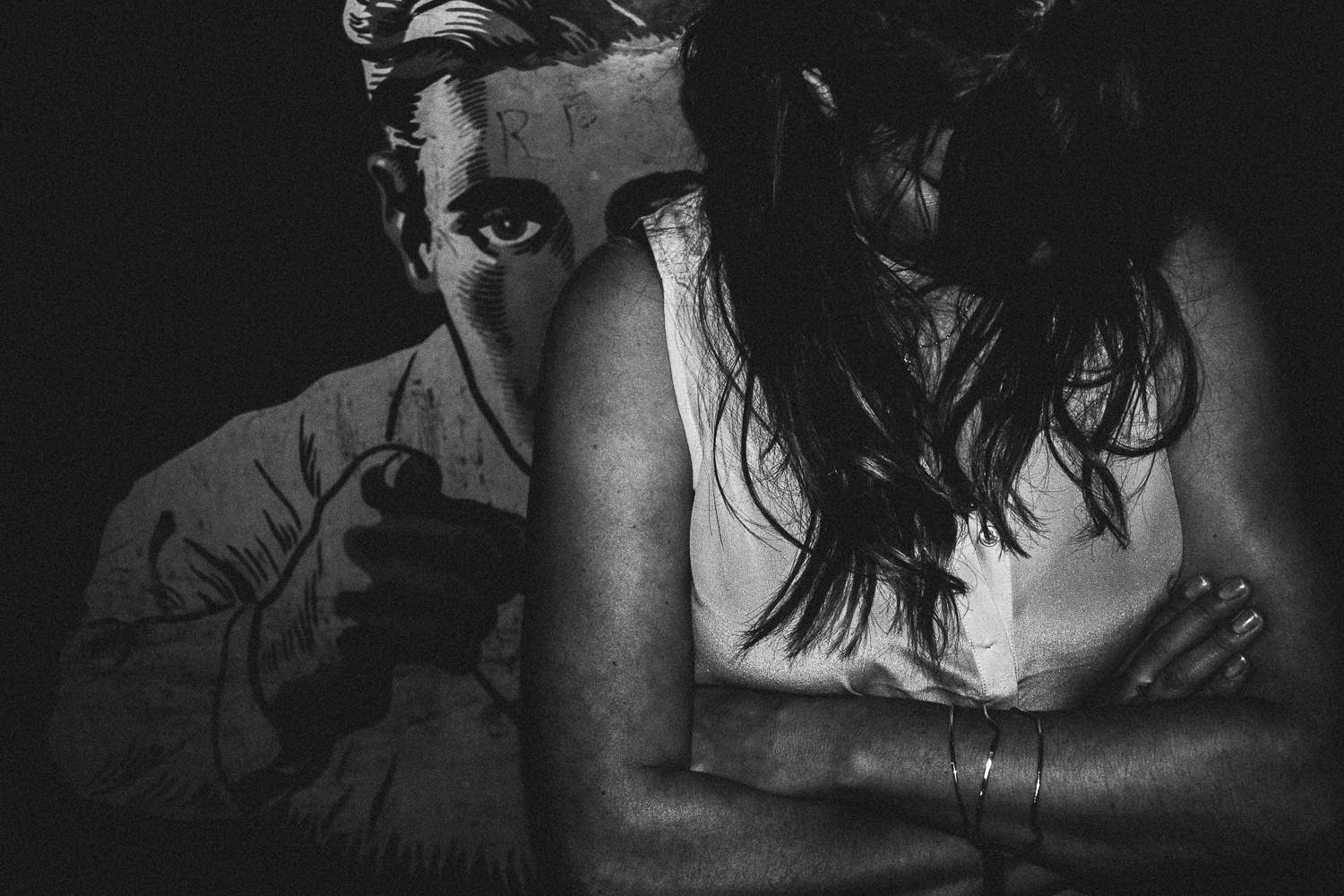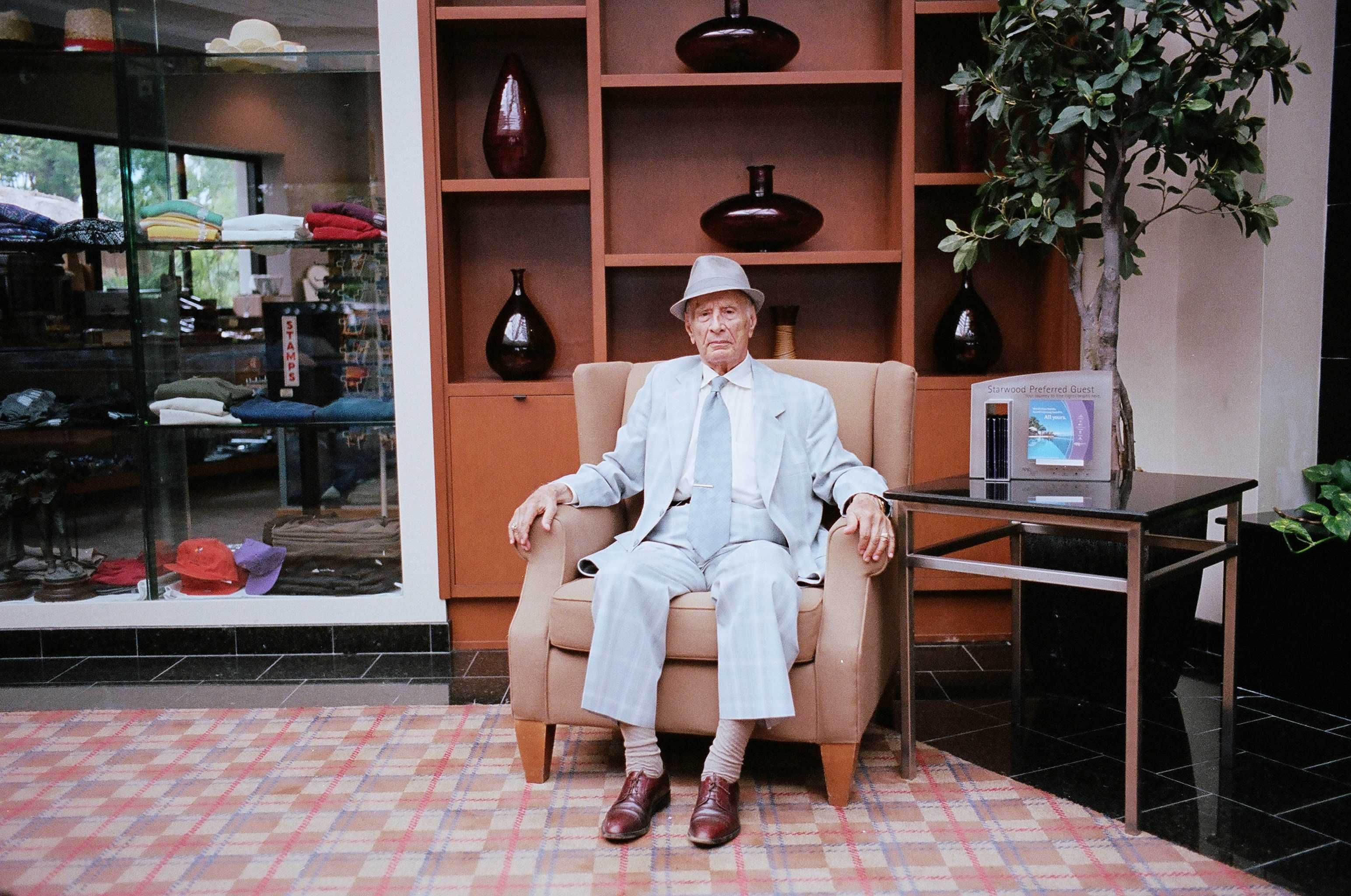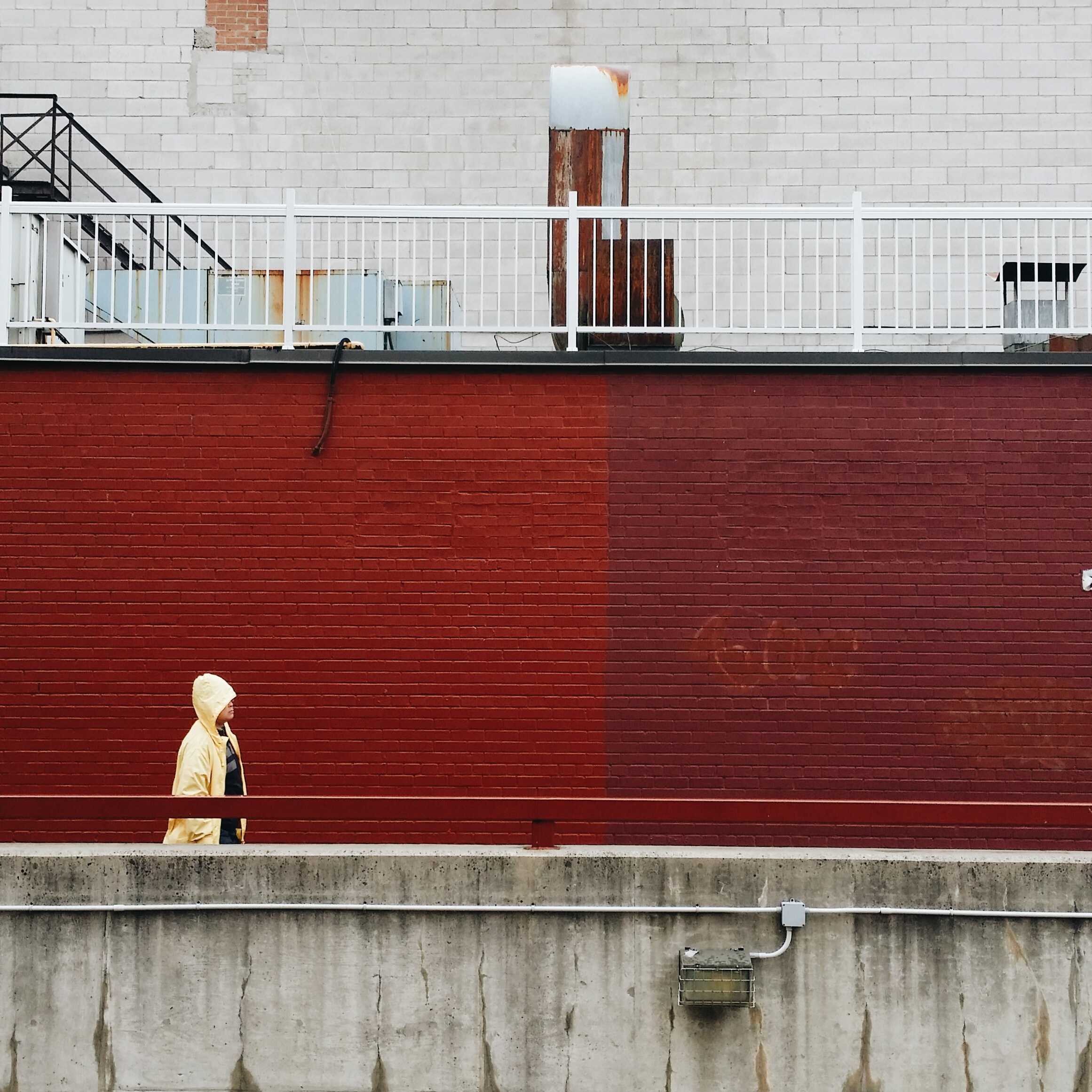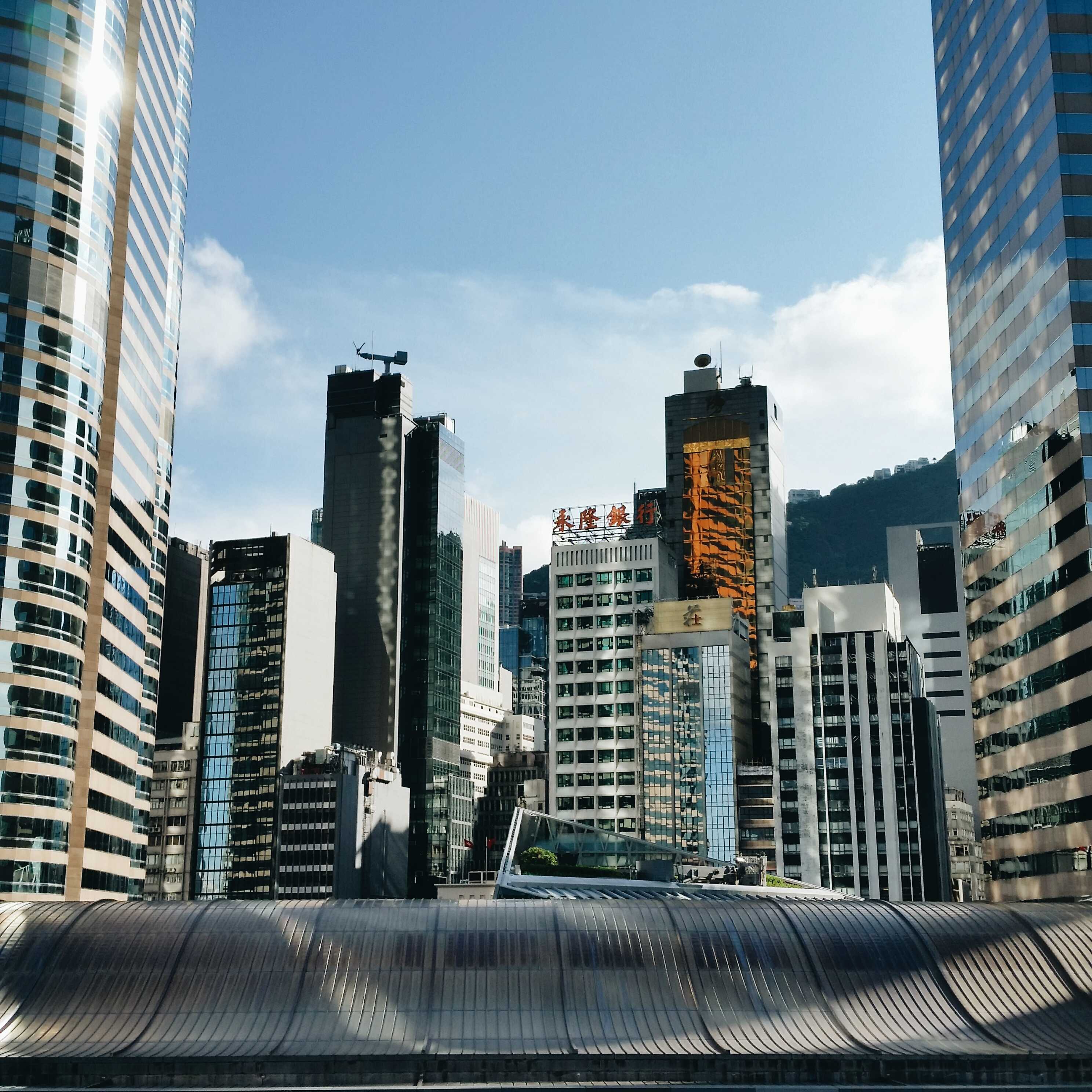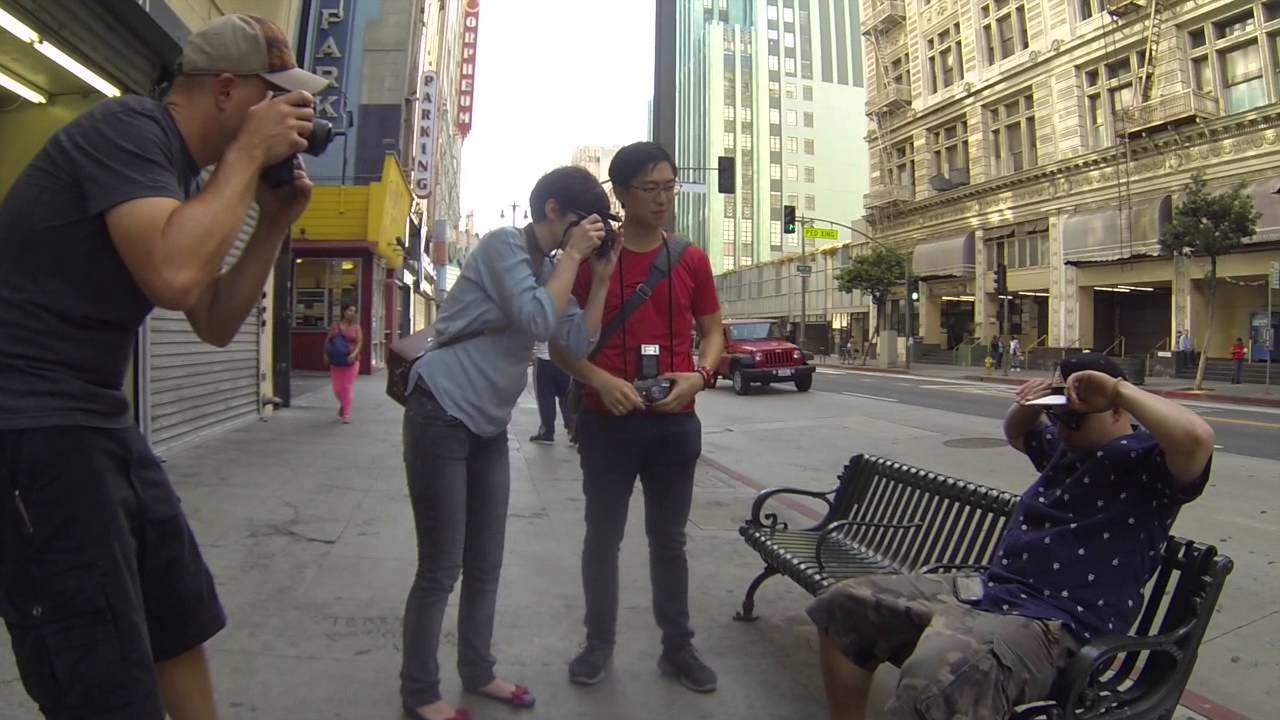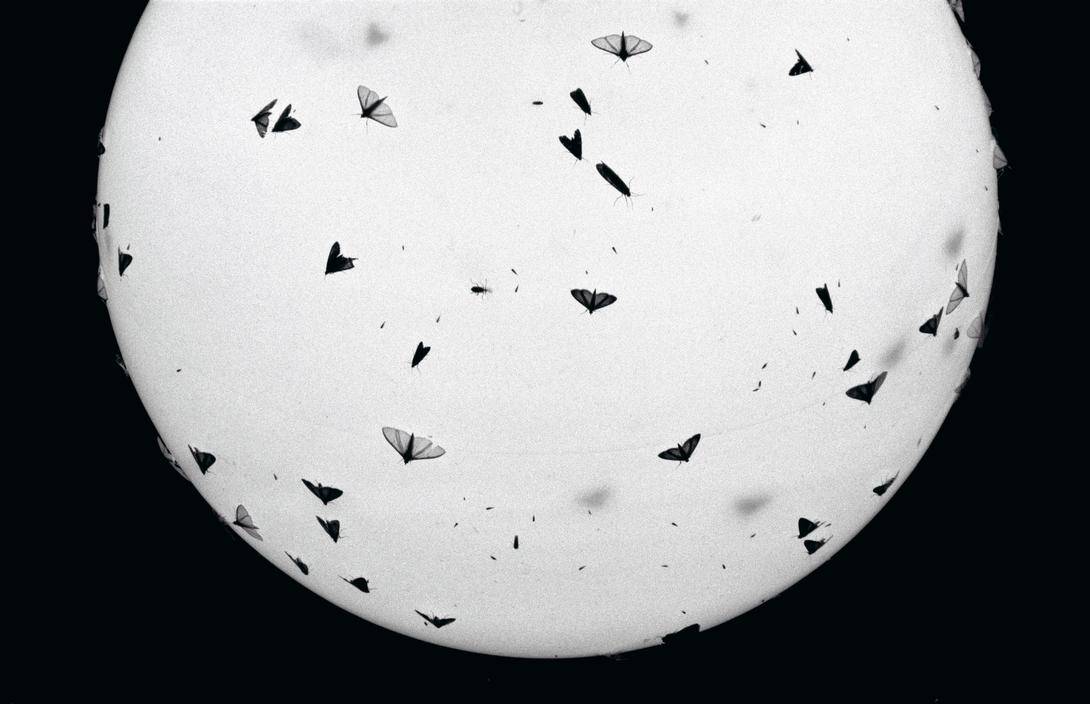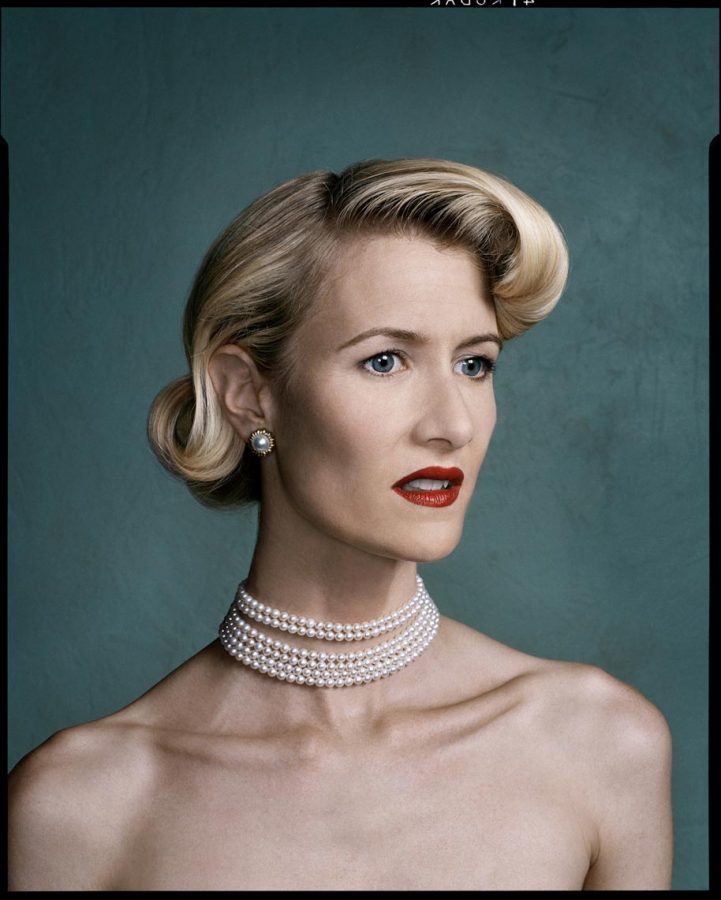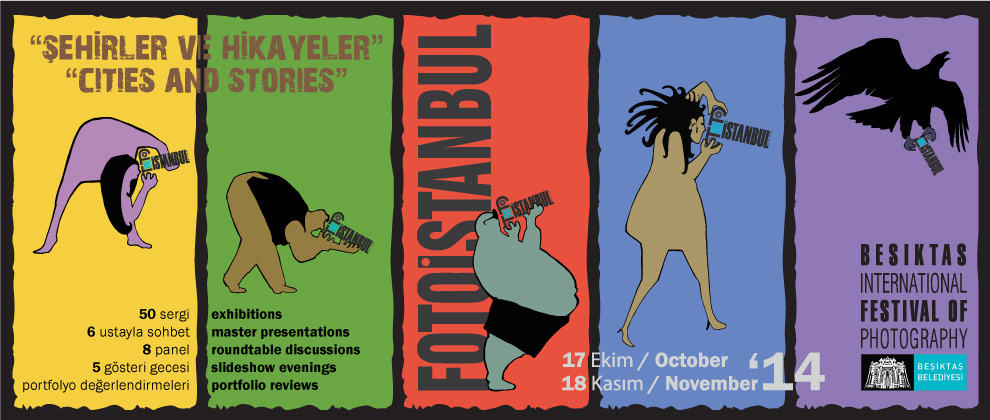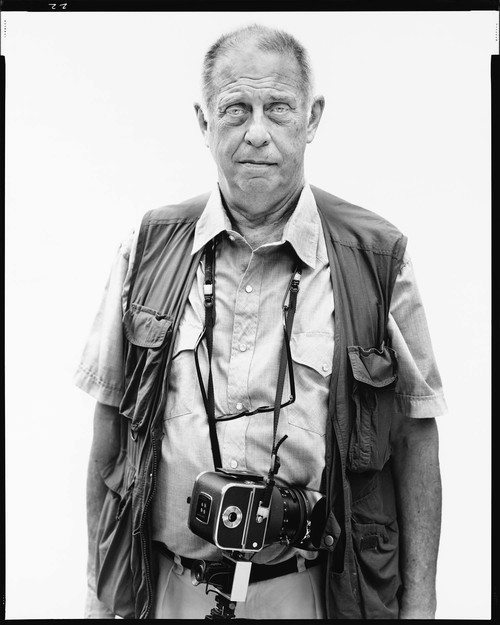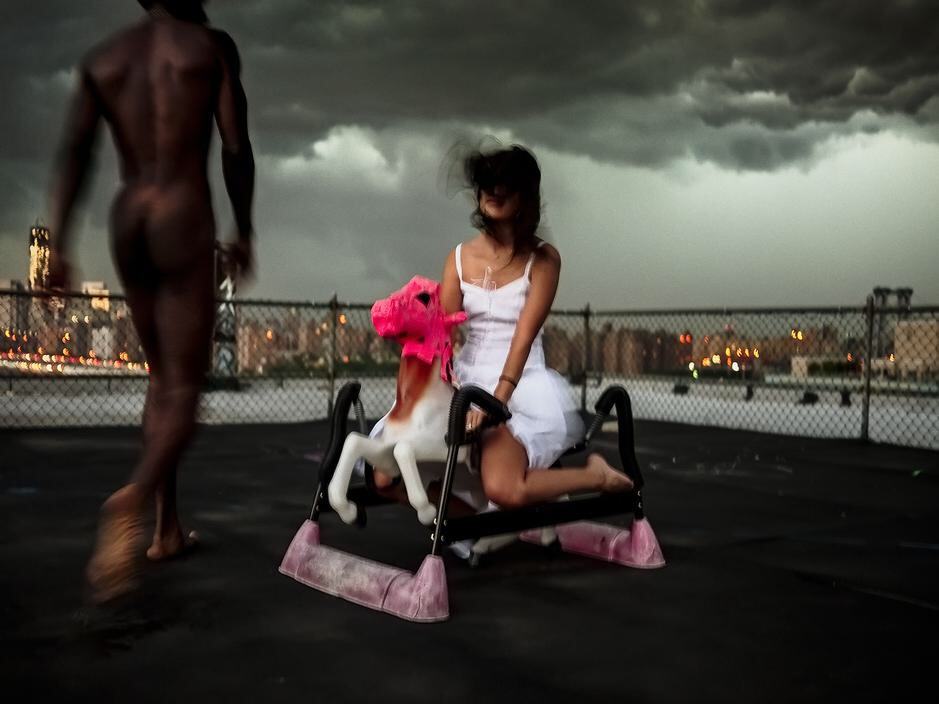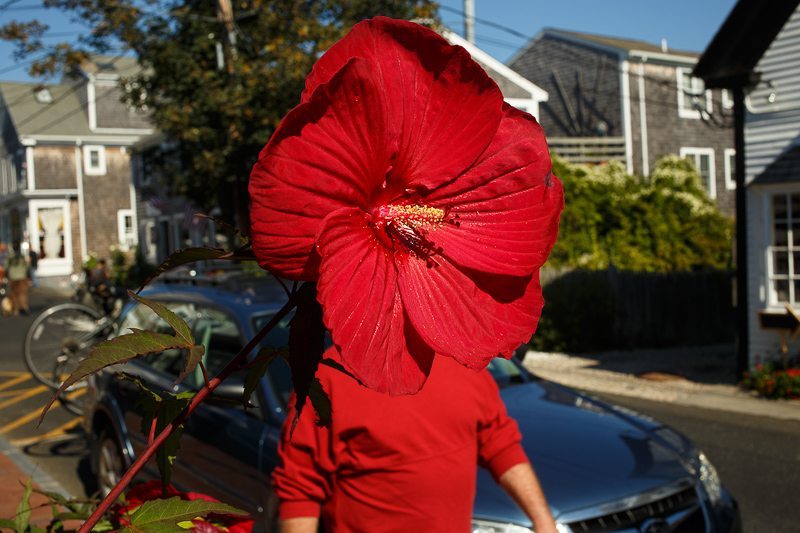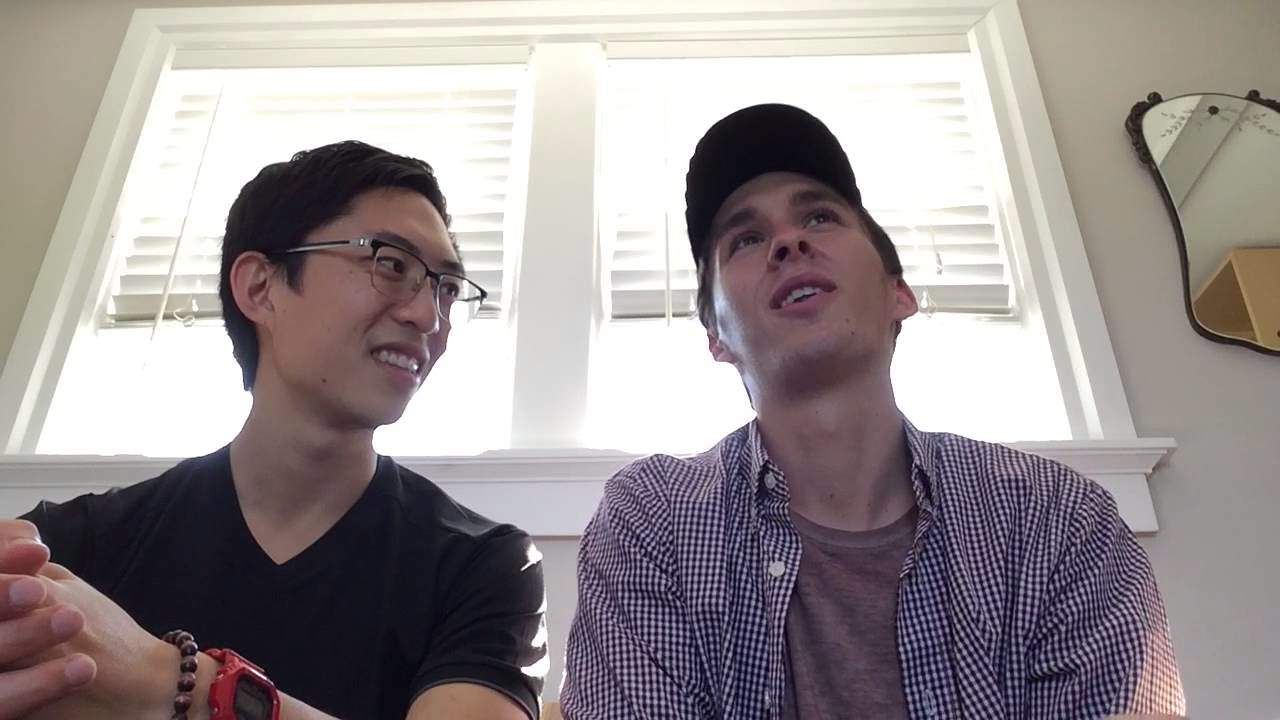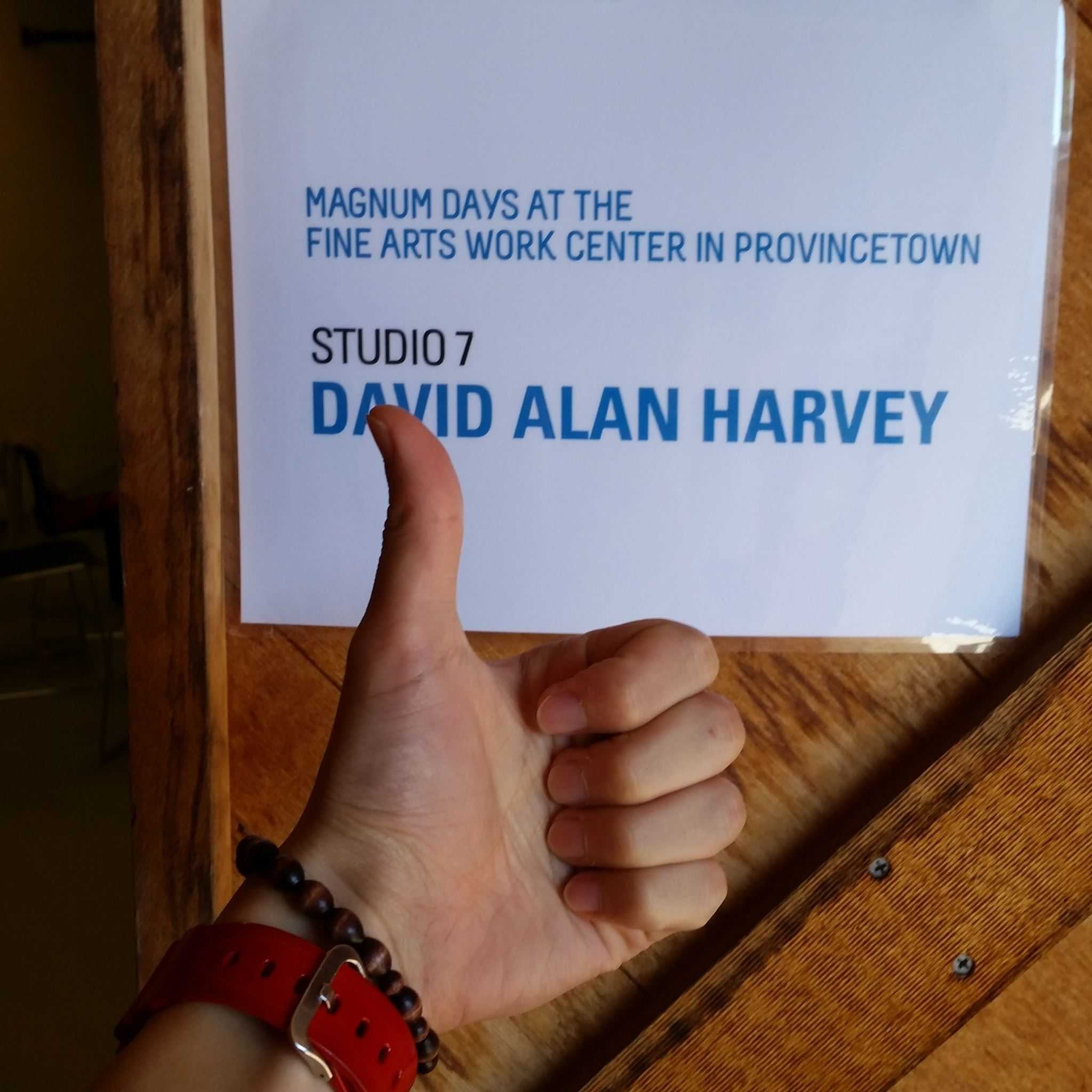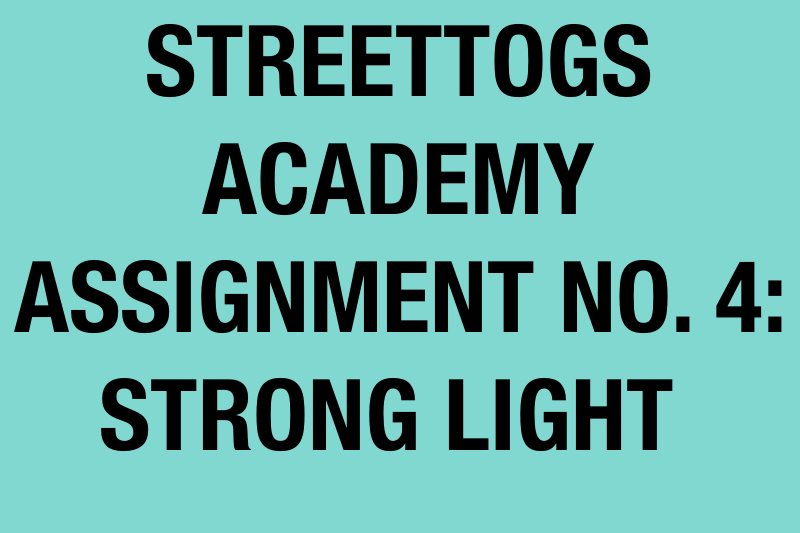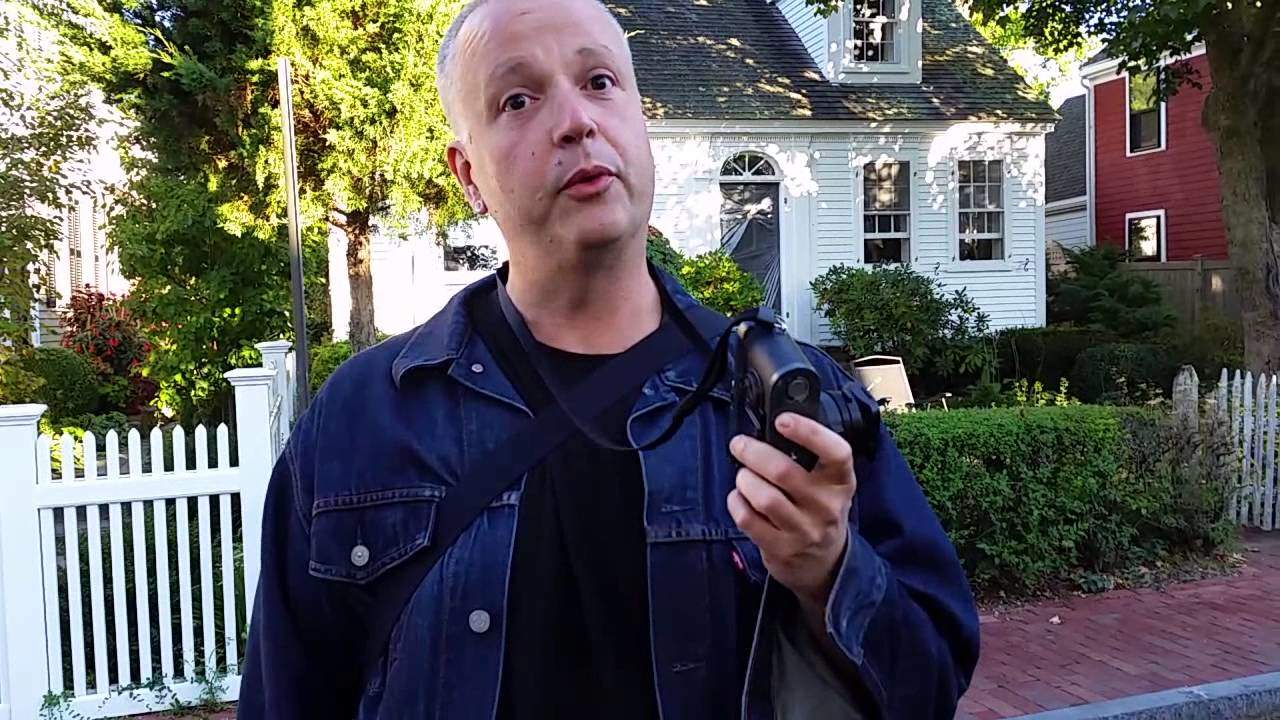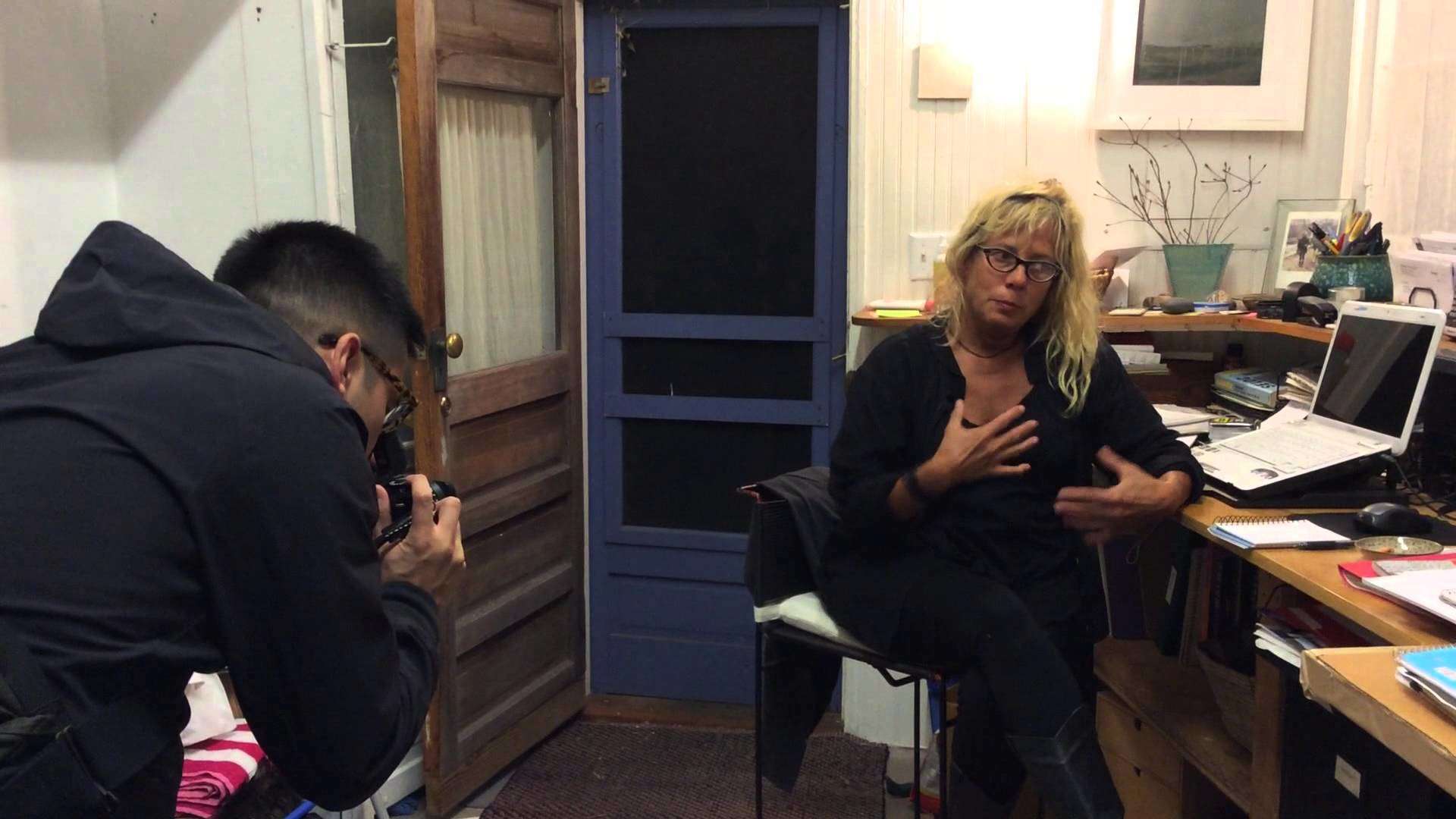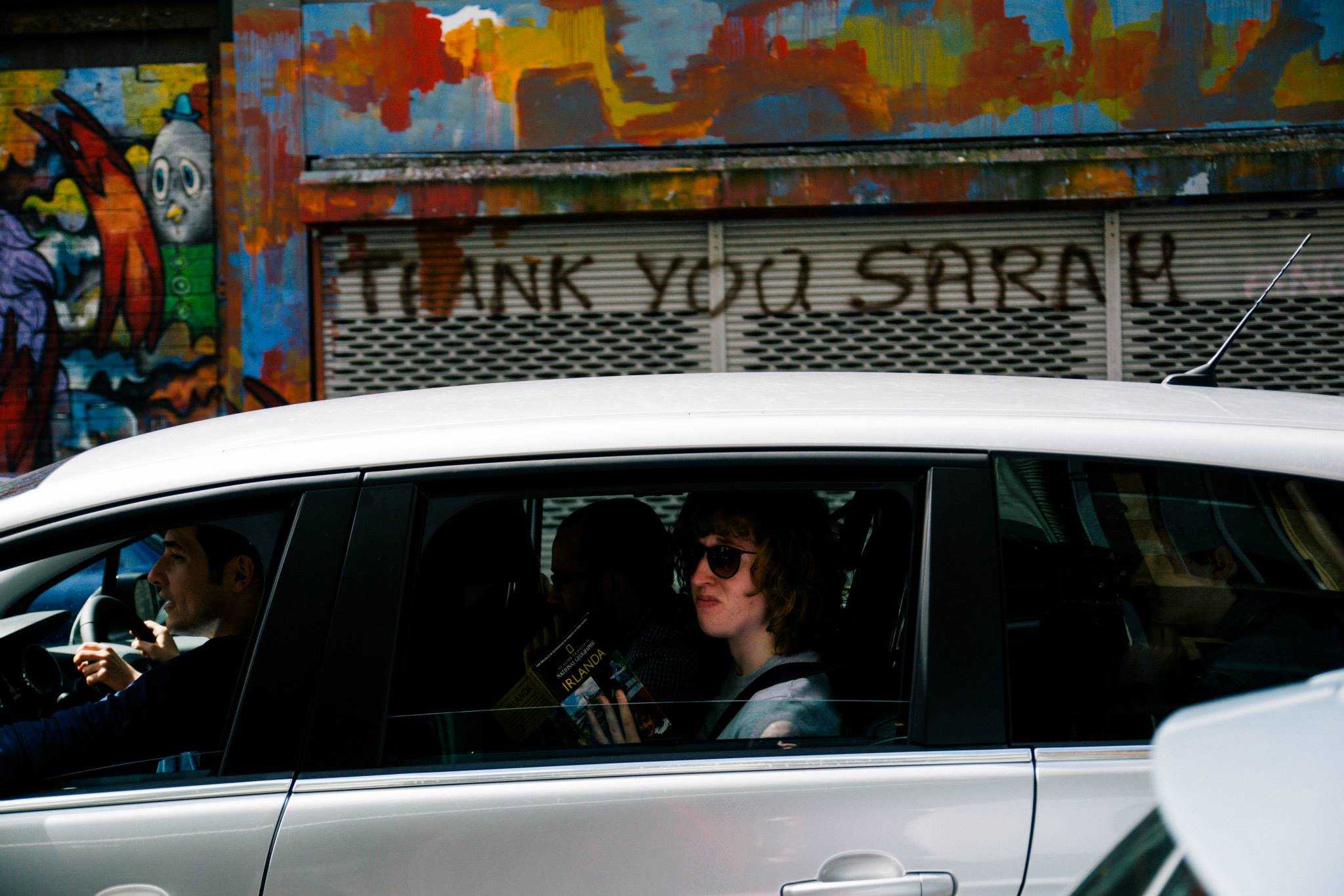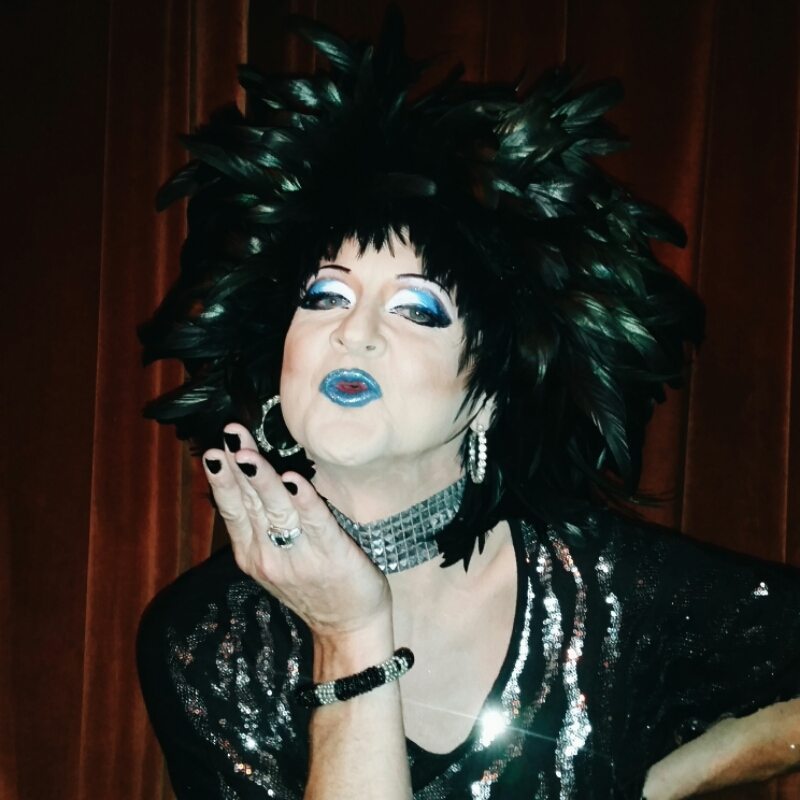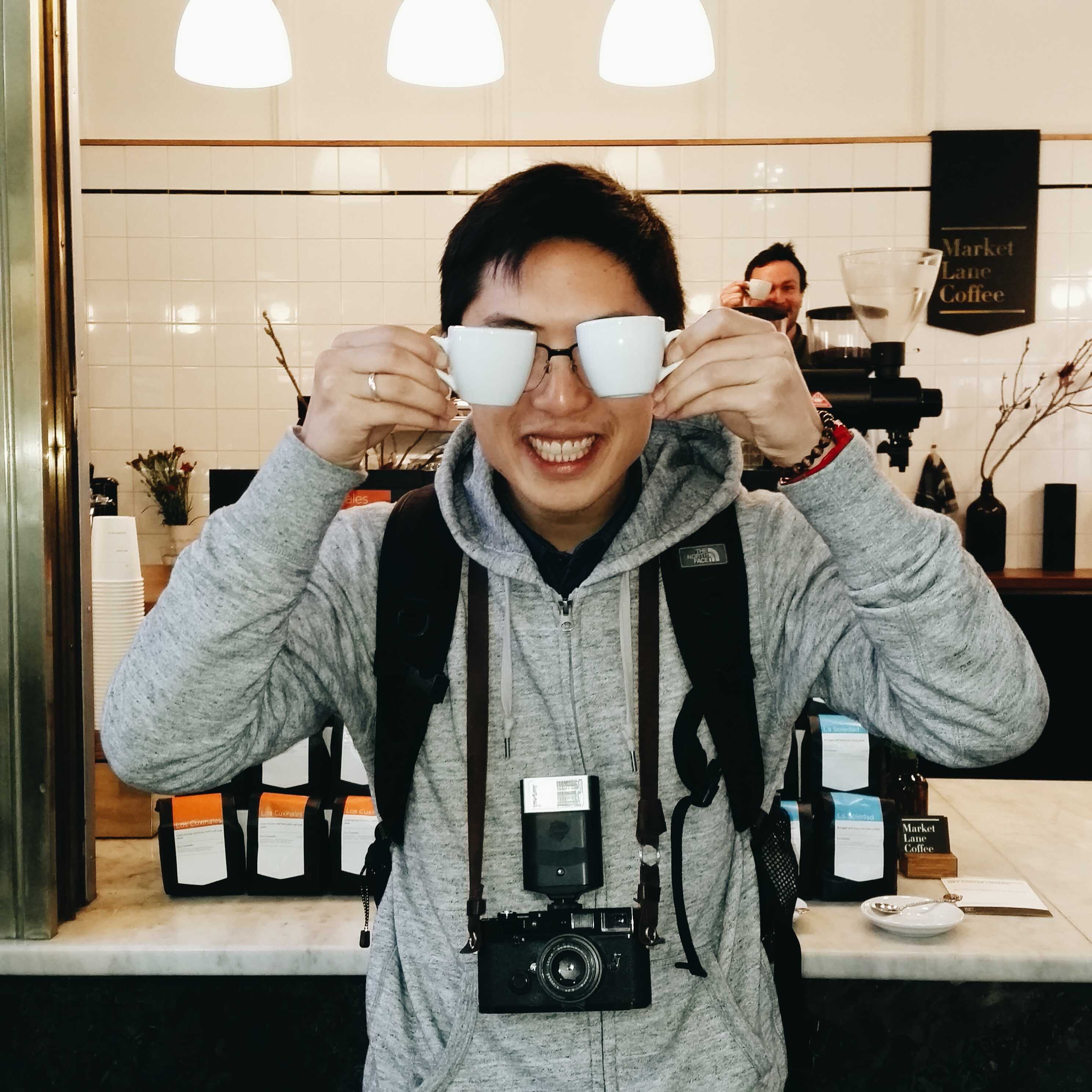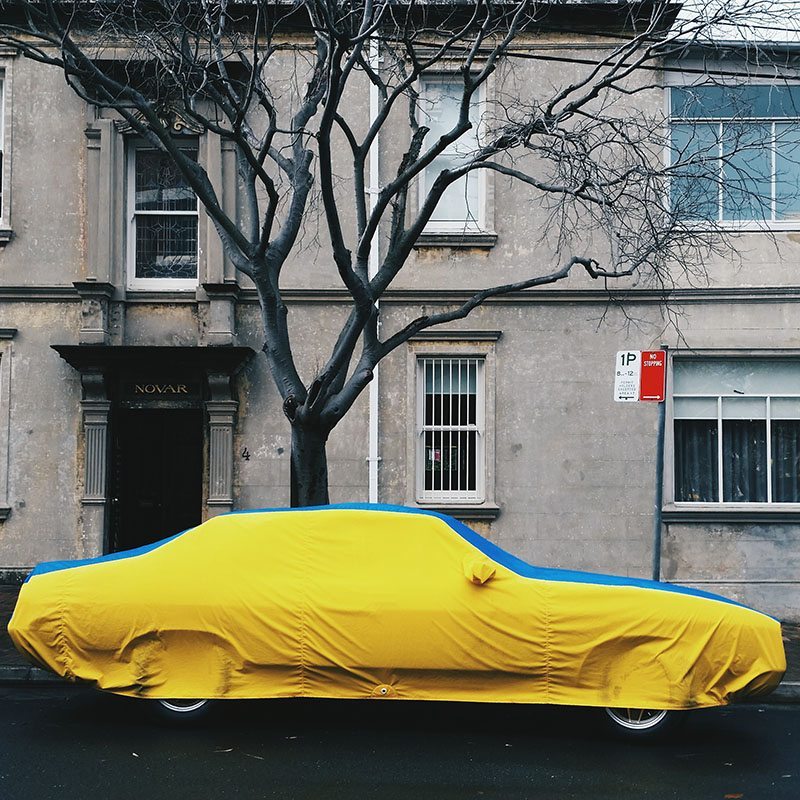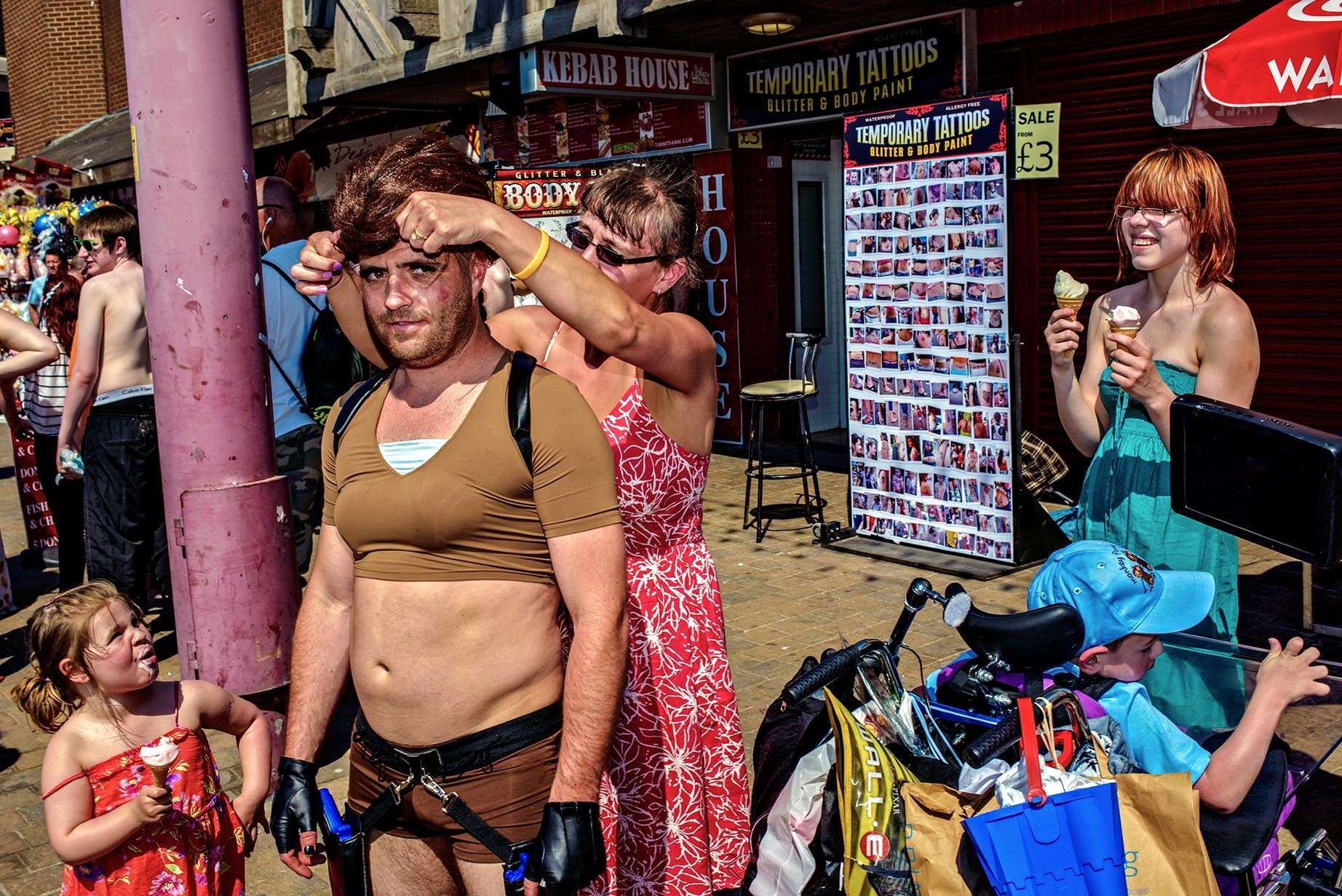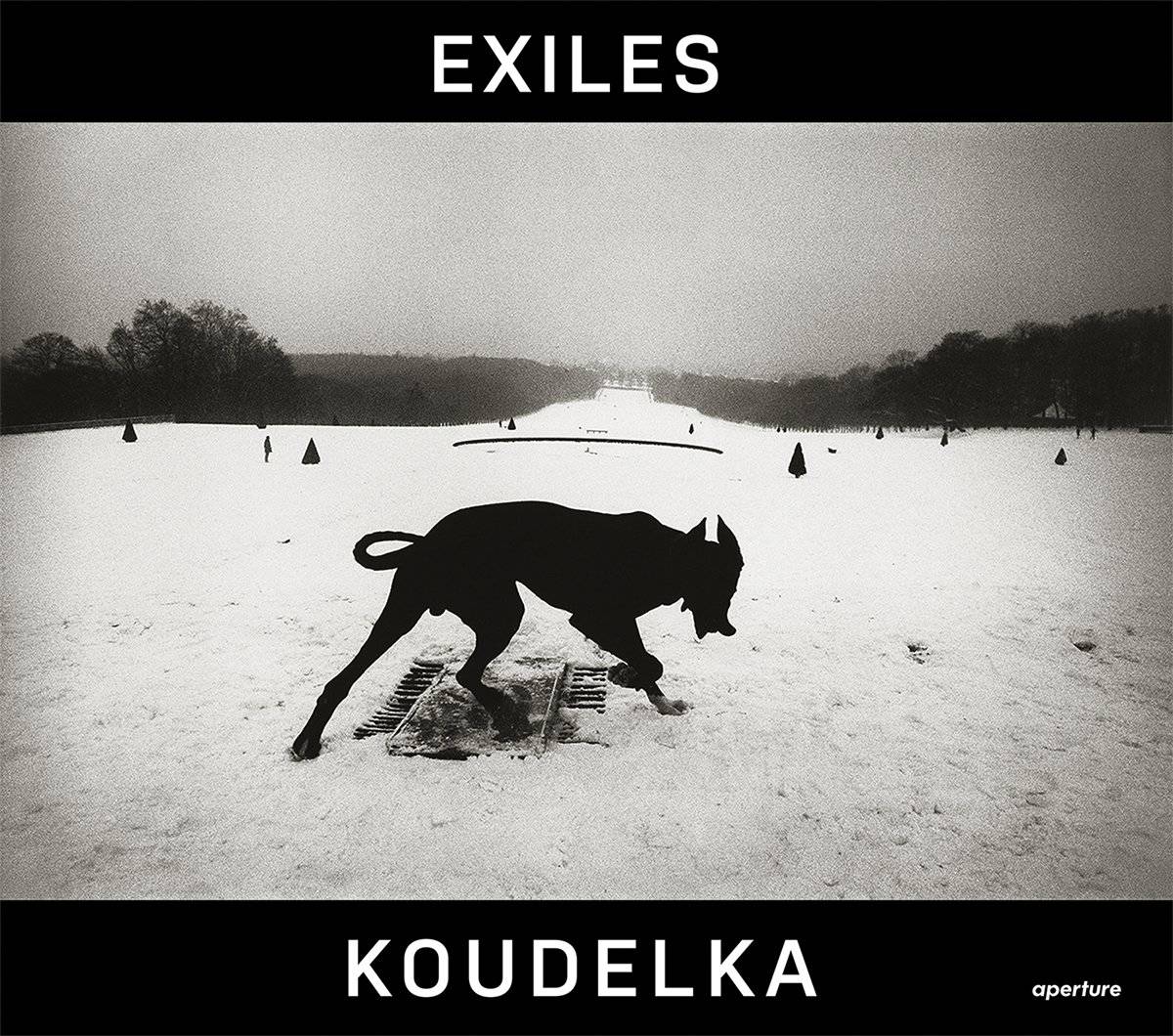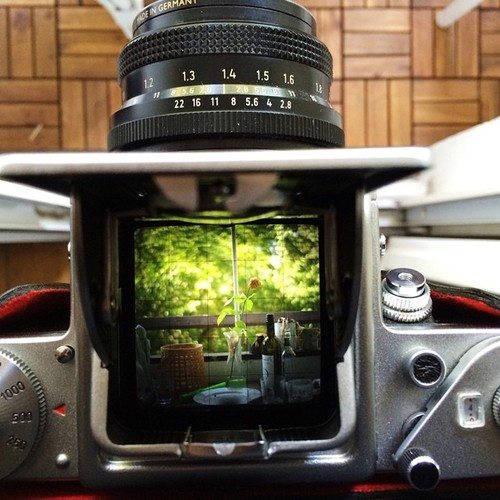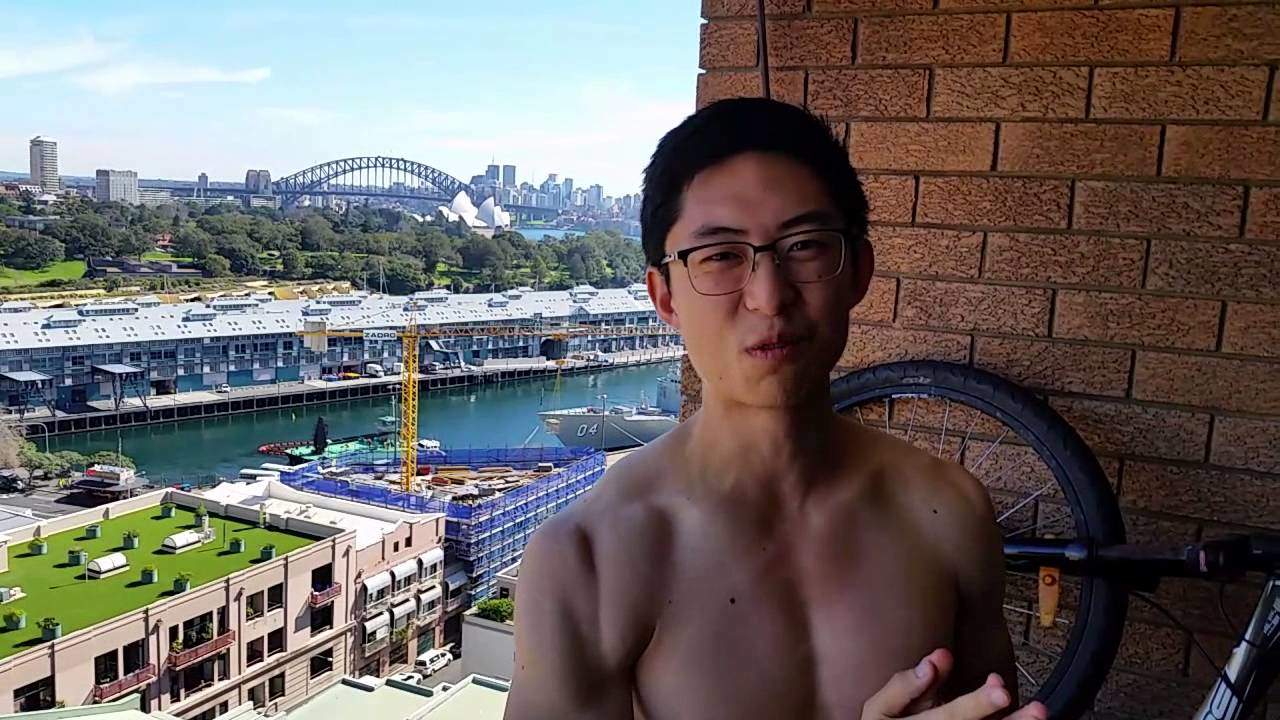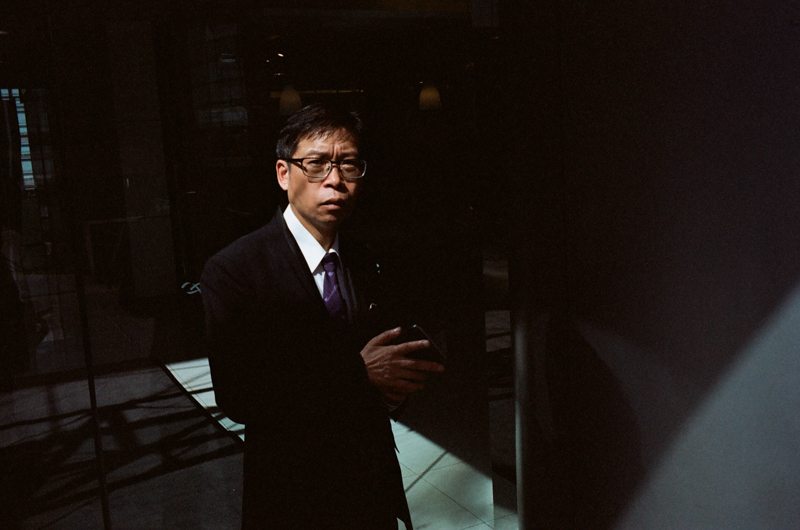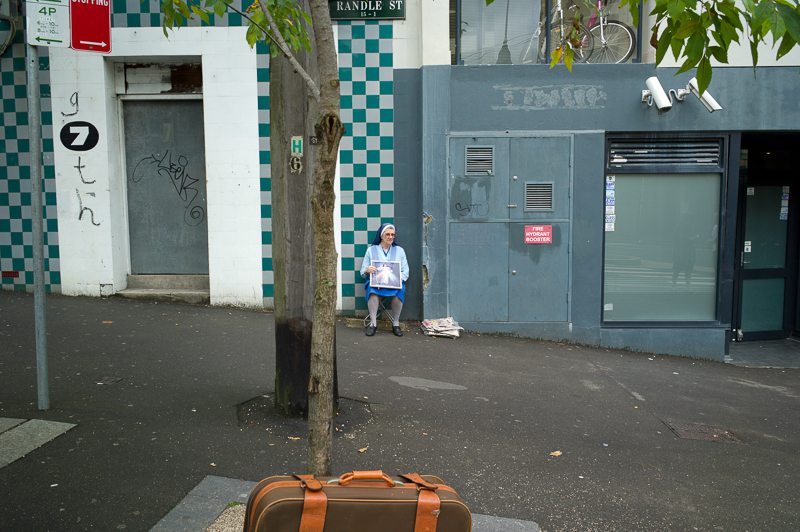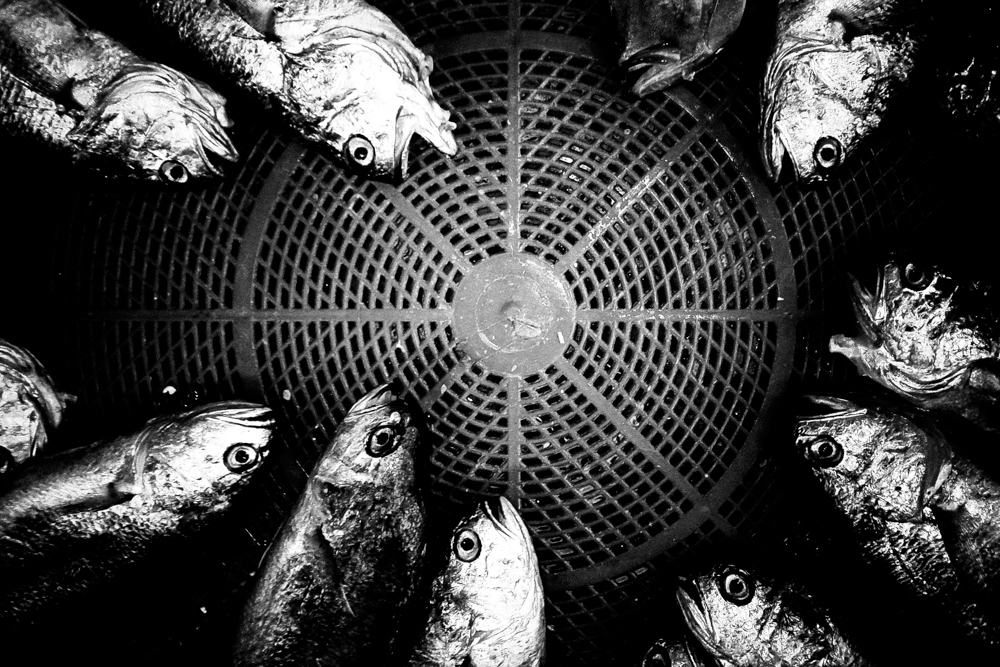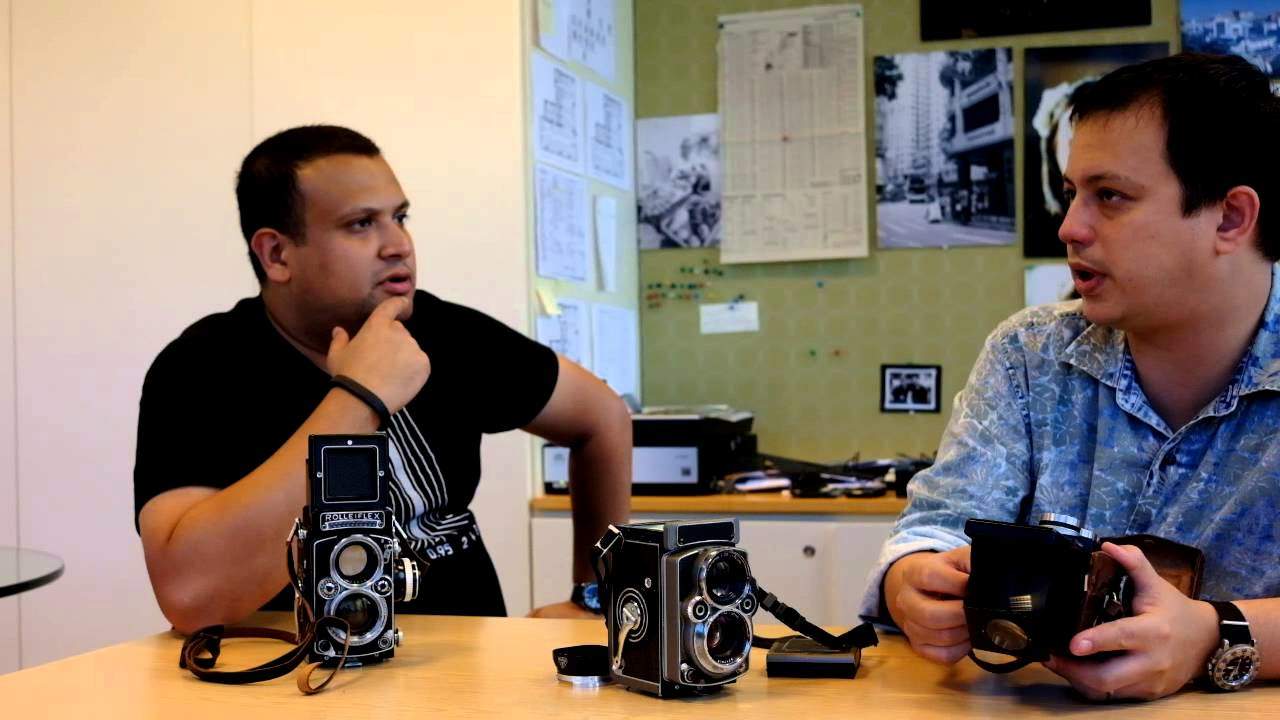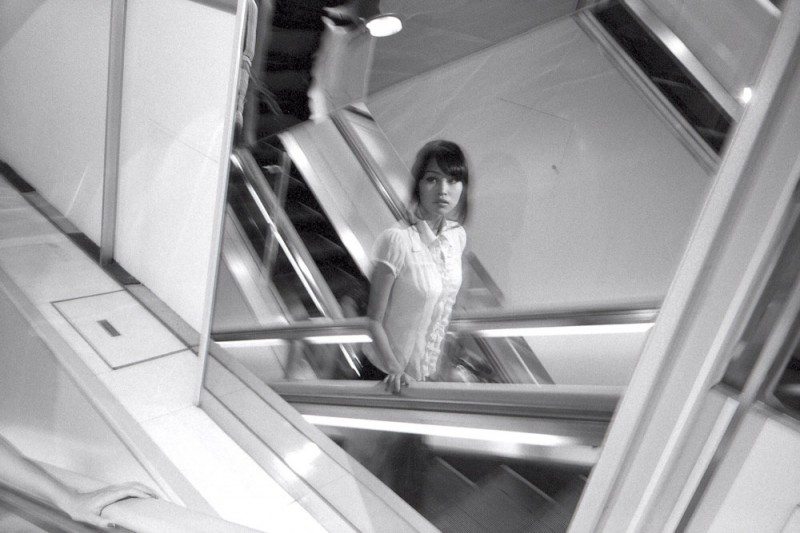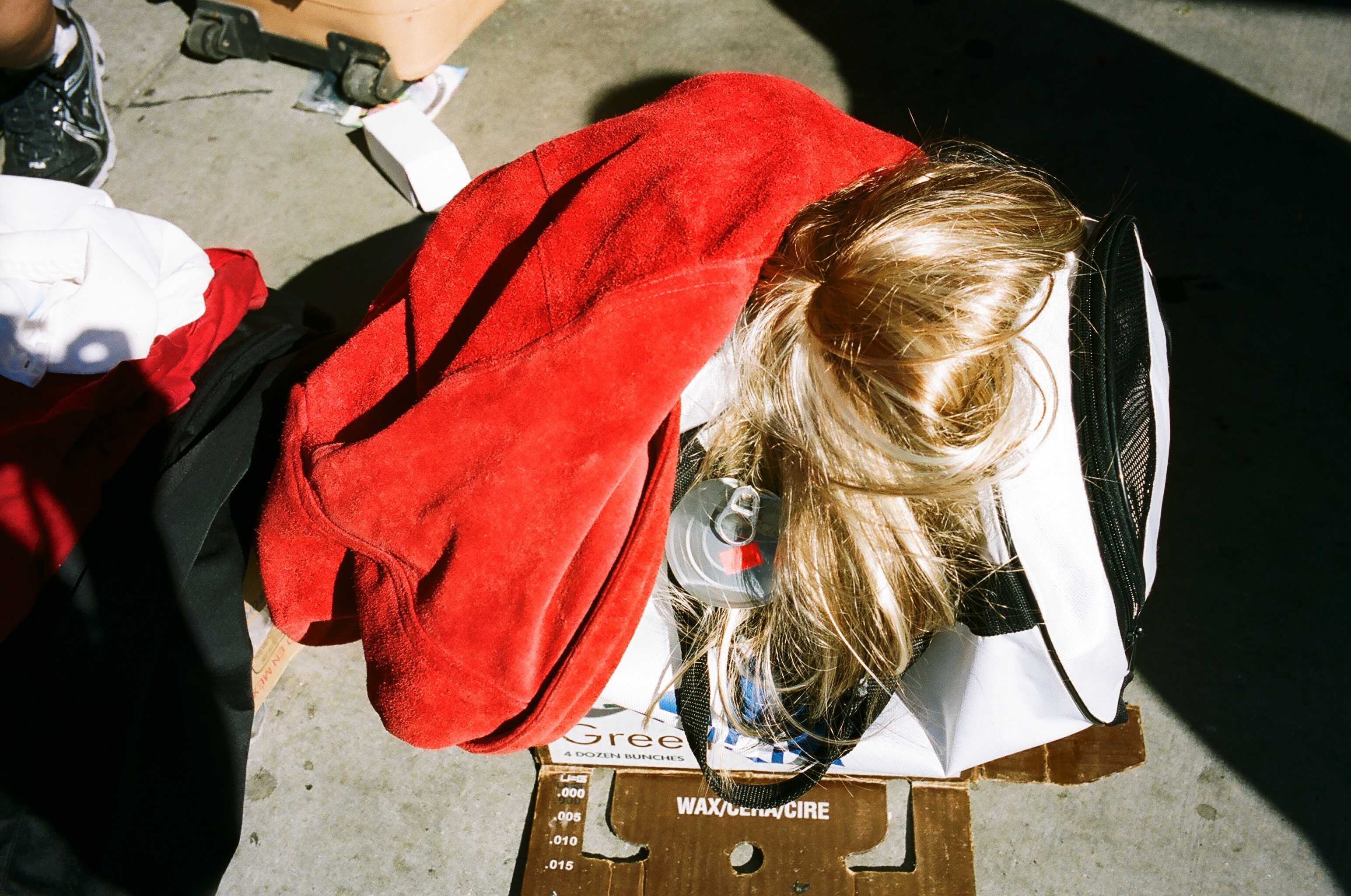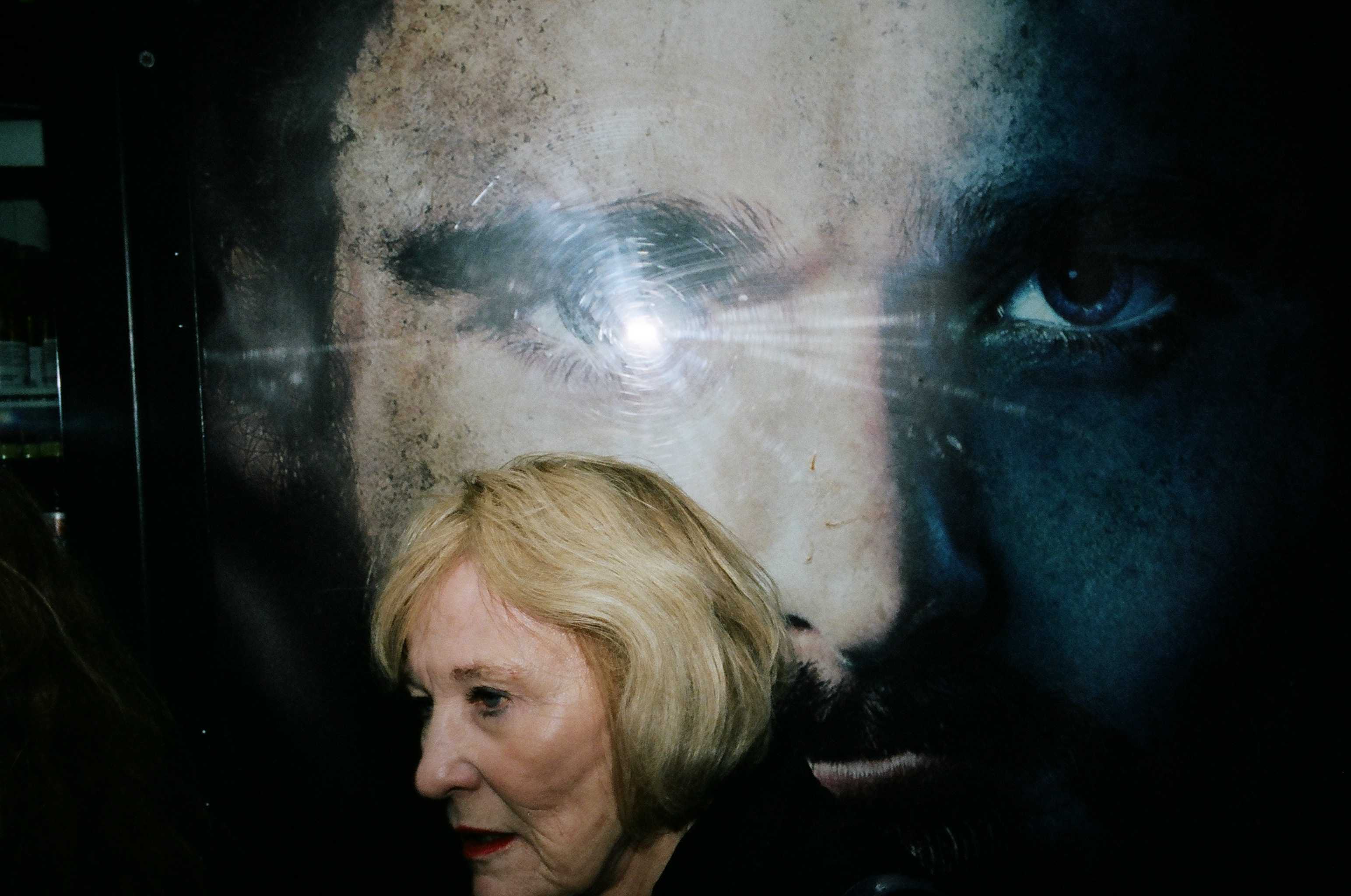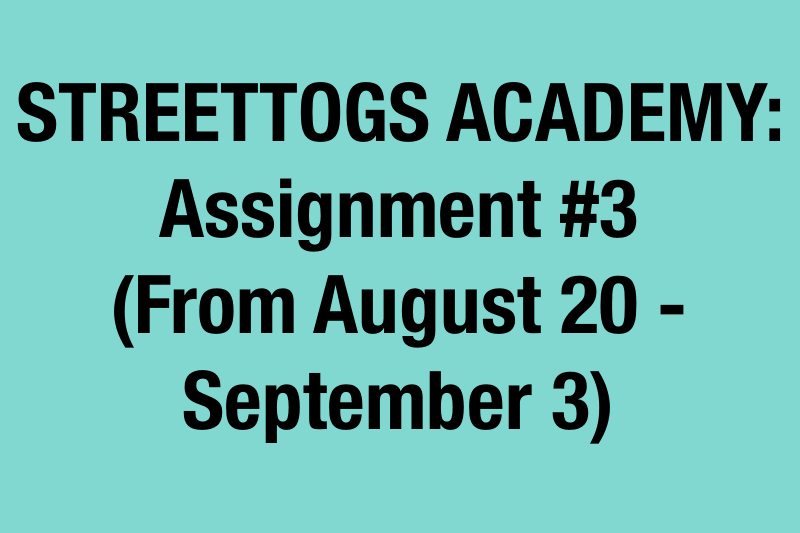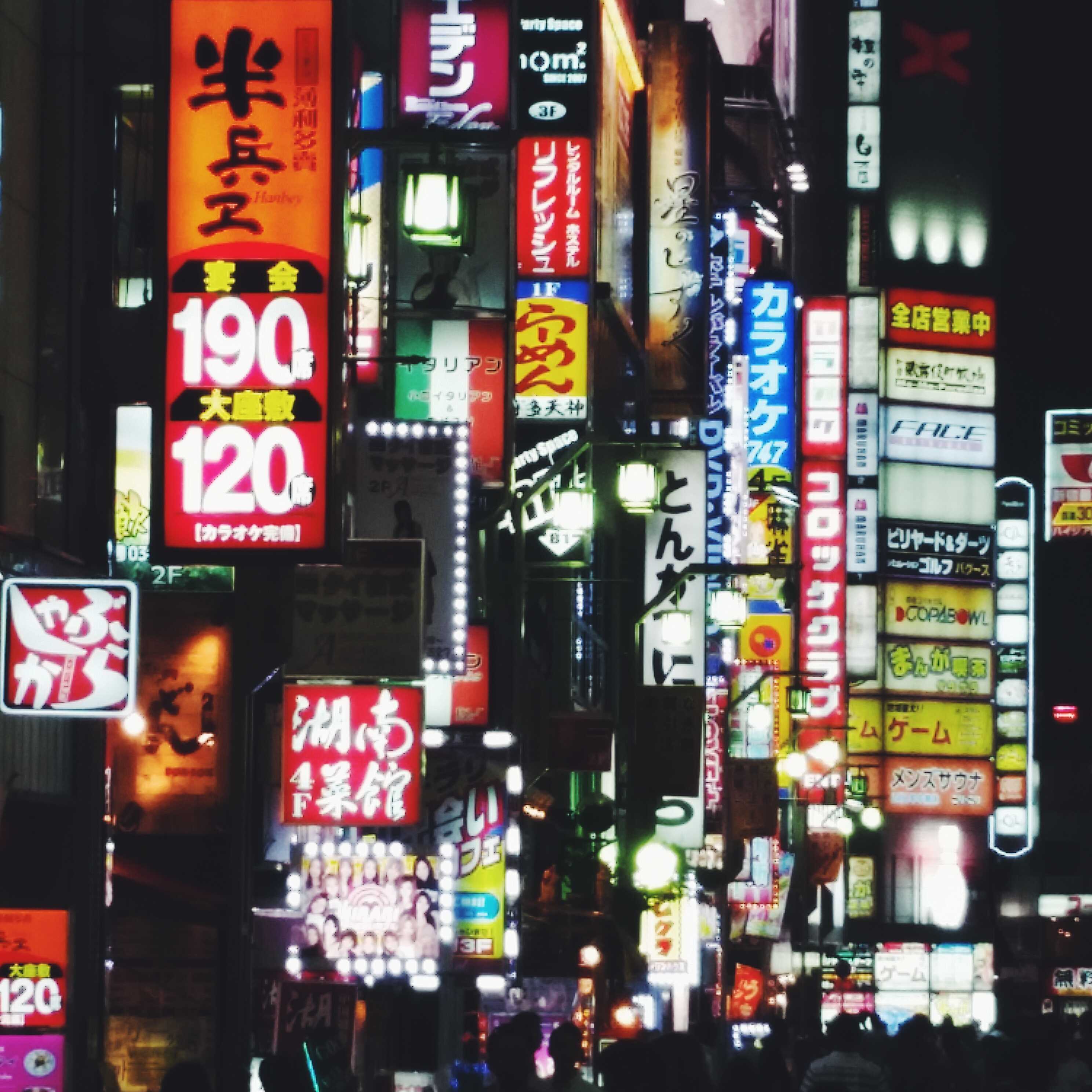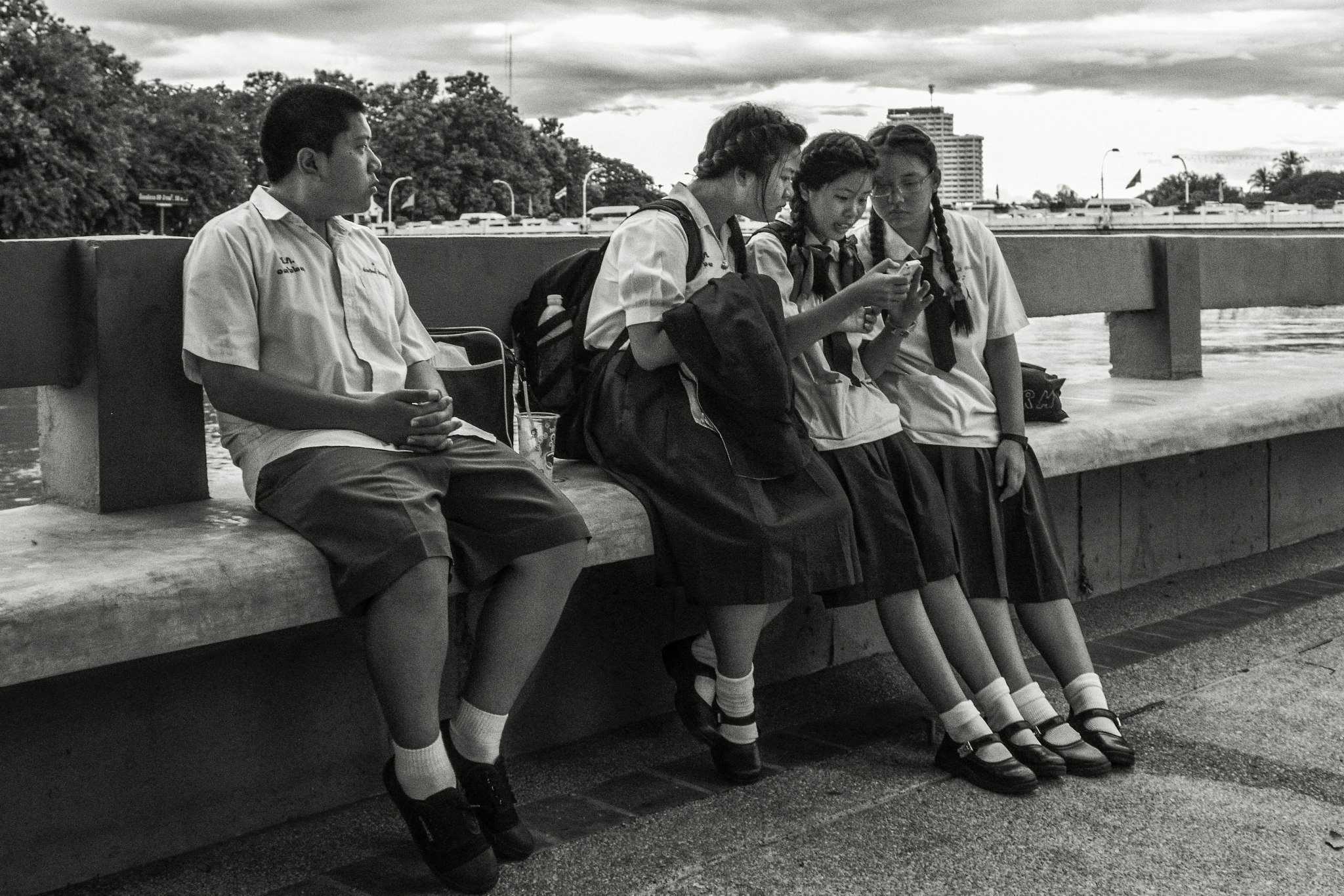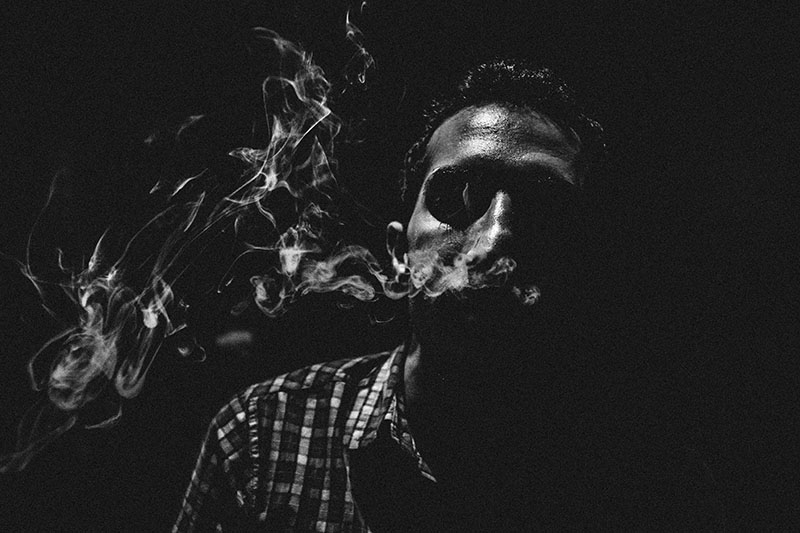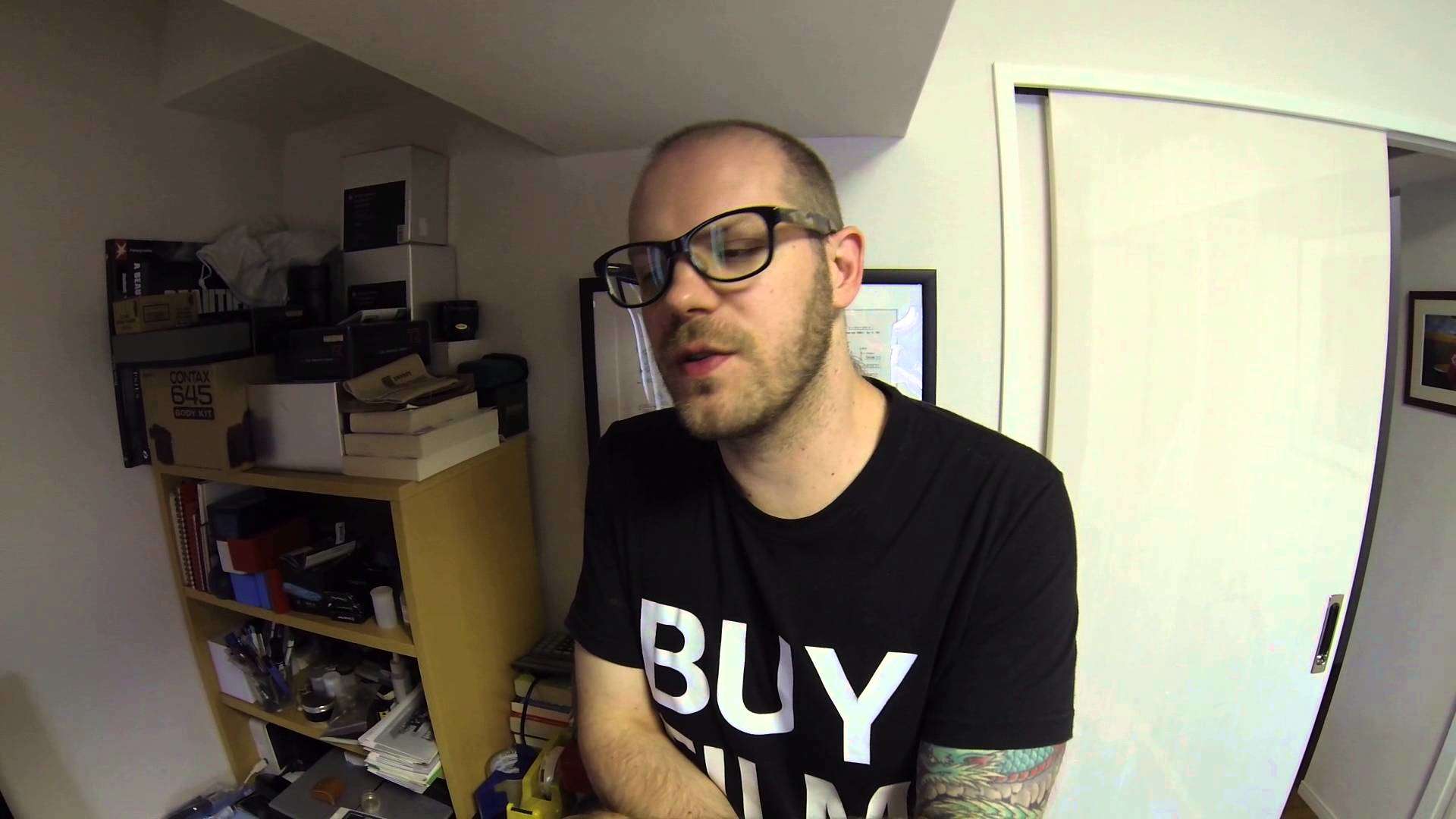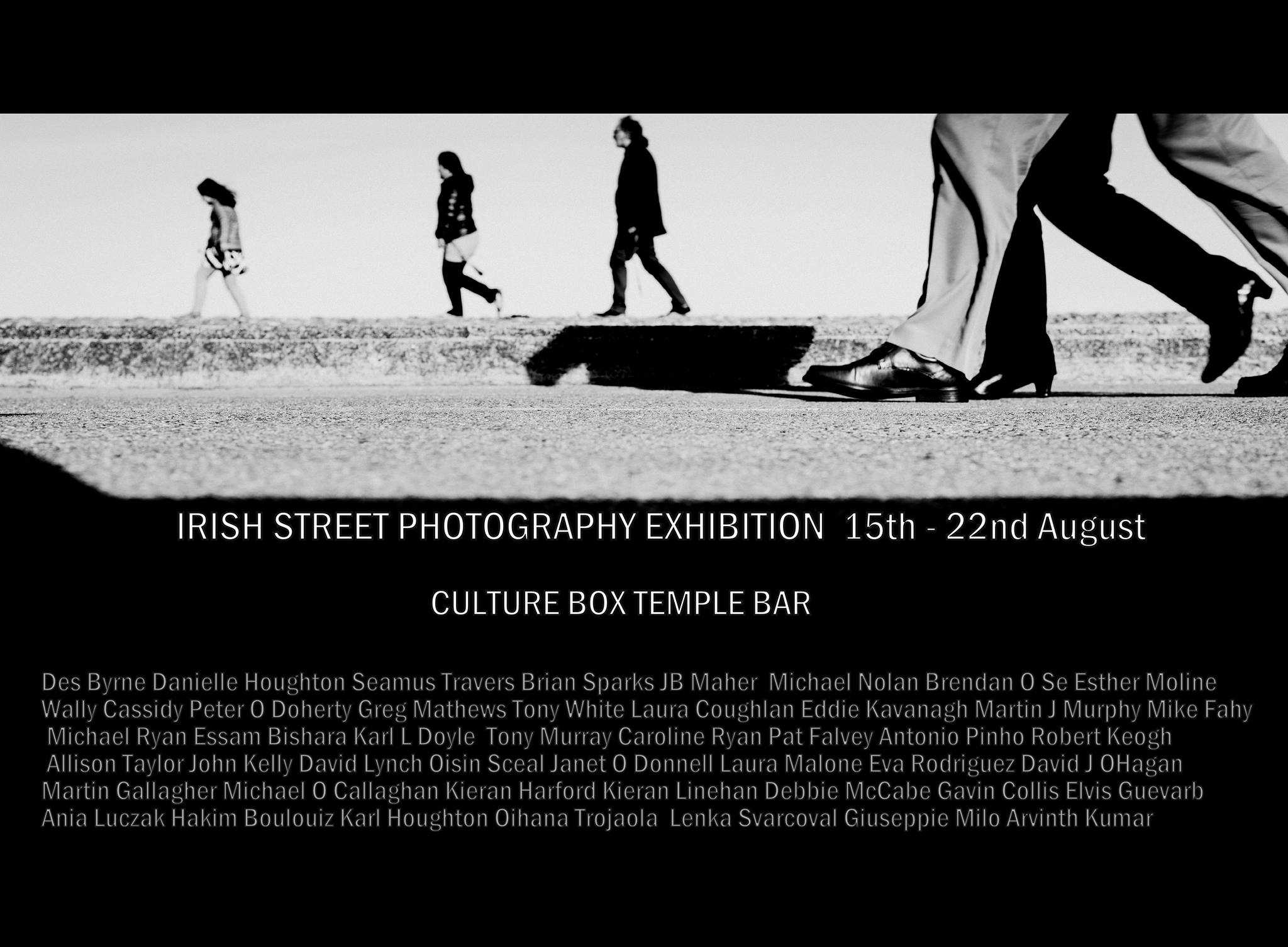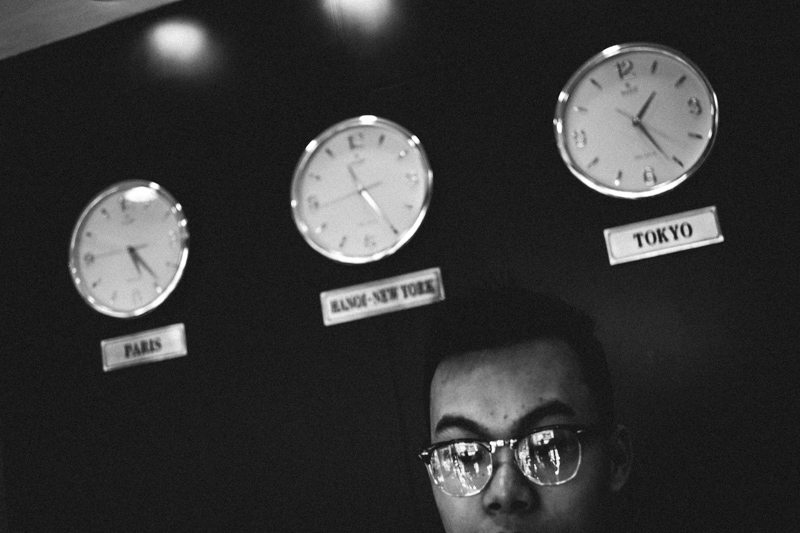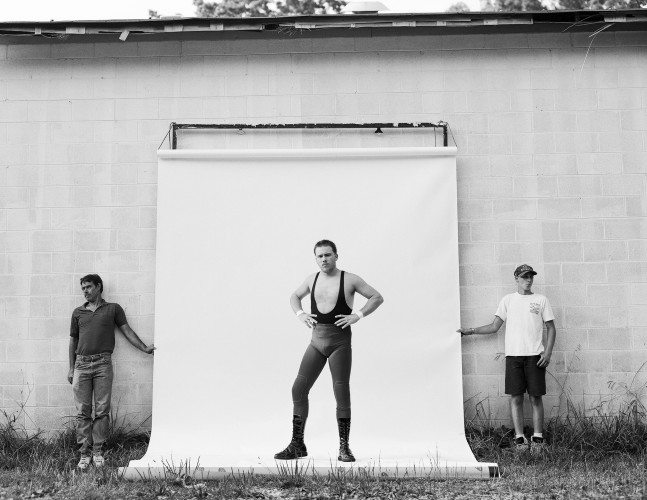I just checked out of my hotel in Seoul, and was on my way to the subway. I had a bunch of bags I had to carry, and ended up missing two potential street photos I would have liked to capture:
One of the shots was a guy in a suit, with his suit jacket propped over his right shoulder with a finger. My camera was still in my bag.
The second shot was a muscular black man carrying an umbrella (similar to what old Korean ladies wore) also wearing spandex.
My camera was in my bag for both of these potential shots, so I missed the moment. However rather than being frustrated at myself for not taking the shots, I tried to savor the moment.
For example, I smiled at the muscular guy who walked by me and said “love your outfit.” He gave me a huge grin and smiled back and said, “Thank you.” His smile felt so warm and genuine.
This reminds me : I don’t need to capture a photo of everything I experience. Sometimes by not taking a photo of something, I better appreciate the moment and commit it to memory more.
So nowadays if I’m seeing fireworks with Cindy on new years, I try to purposefully put the camera away and just enjoy the moment.
Whenever I miss potential street photos, two thoughts come into my mind :
- Always have my camera around my neck (I never know when a good photo opportunity might arise).
- That was a nice moment I missed, but I’m glad I’m alive and experienced it.
Furthermore, missing the potential street photos from today further invigorated my love of street photography. I thought to myself, “Wow, life is pretty incredible and amazing. There are so many different colorful people on the streets, and all these wonderful moments happening all the time.”
So I guess in conclusion my thoughts contradict each other a bit: always have your camera with you (preferably around your neck or in your hand), but sometimes it is good to just savor and appreciate a moment (especially if you didn’t take a photo of it).
At the end of the day, I think experiencing a moment is much more valuable than capturing it.

